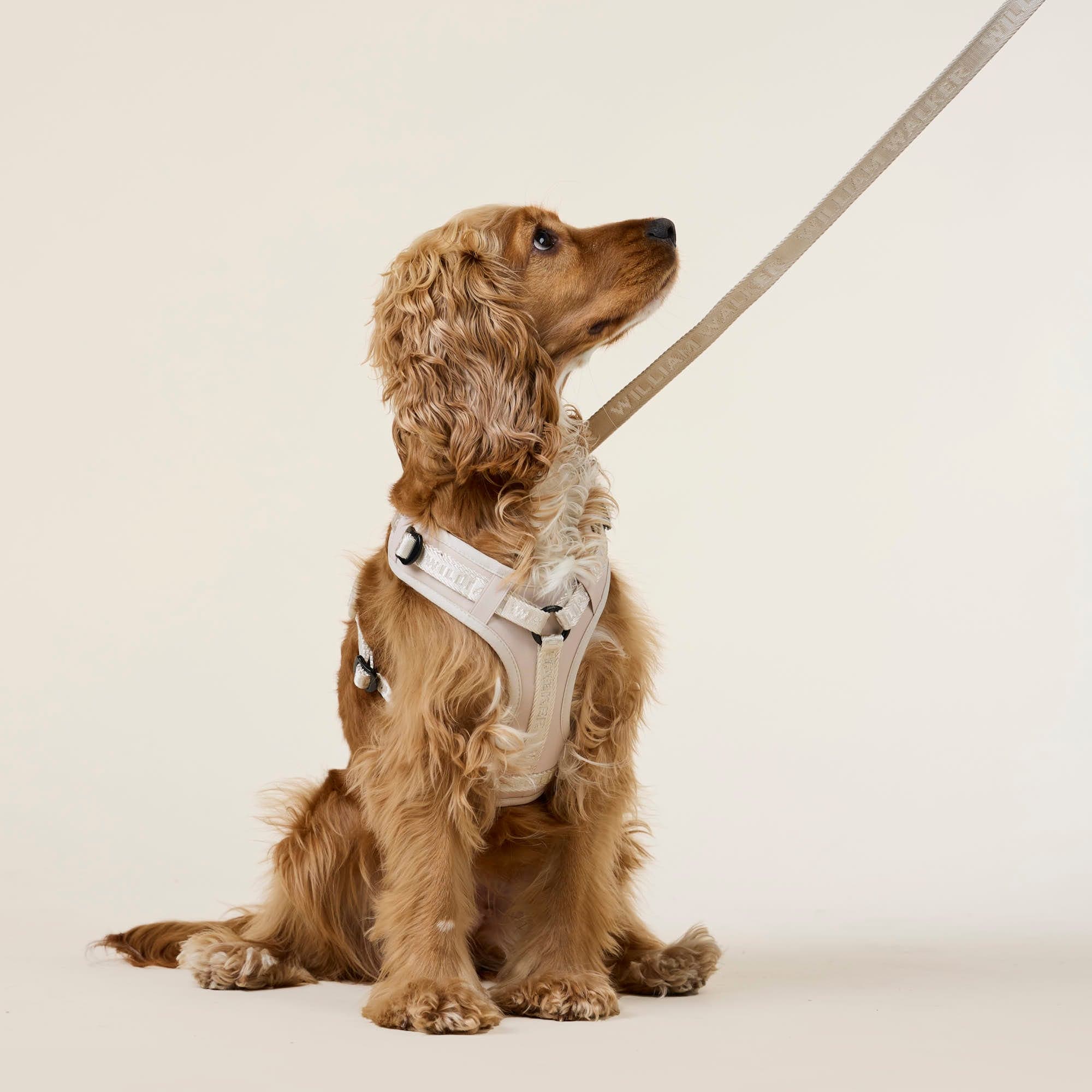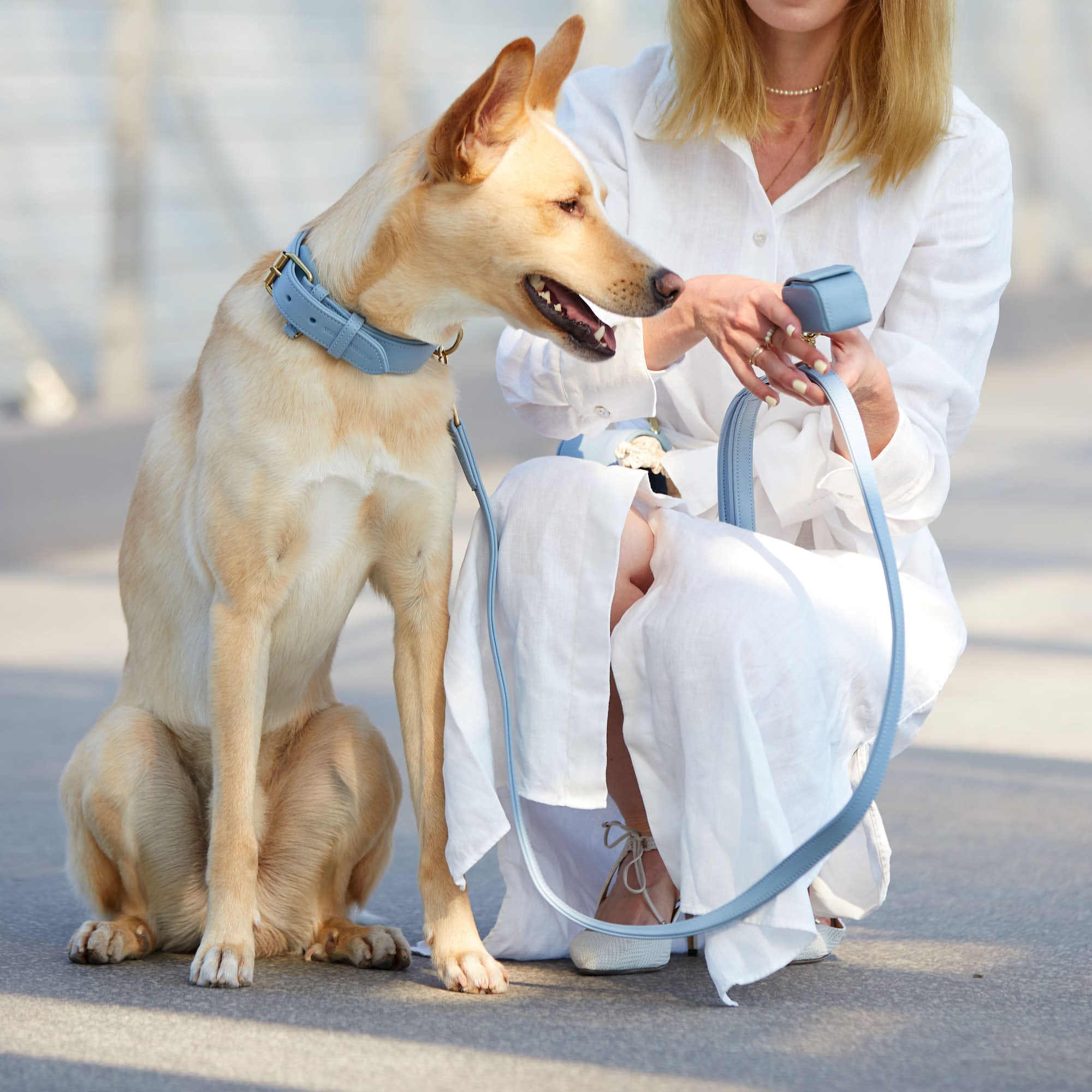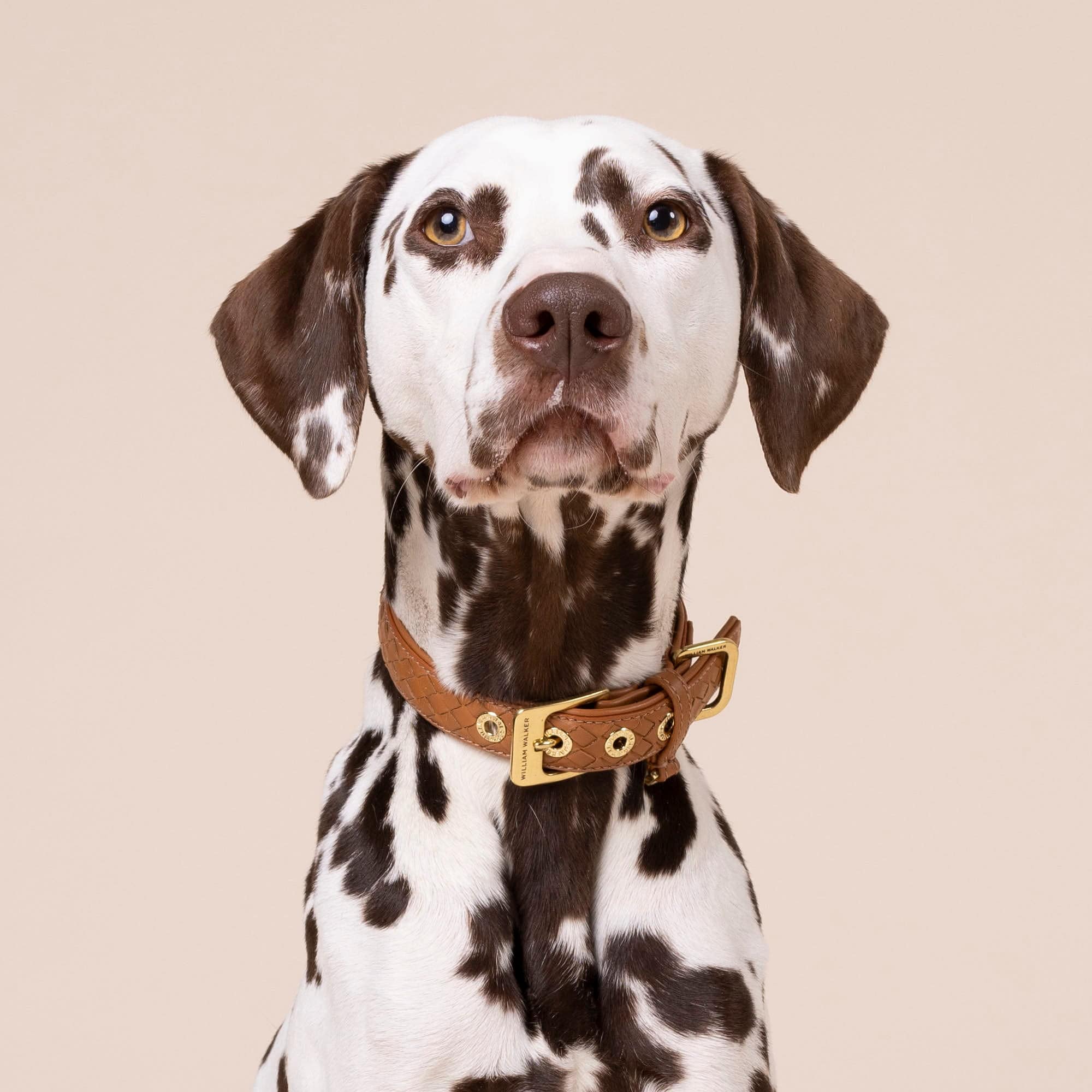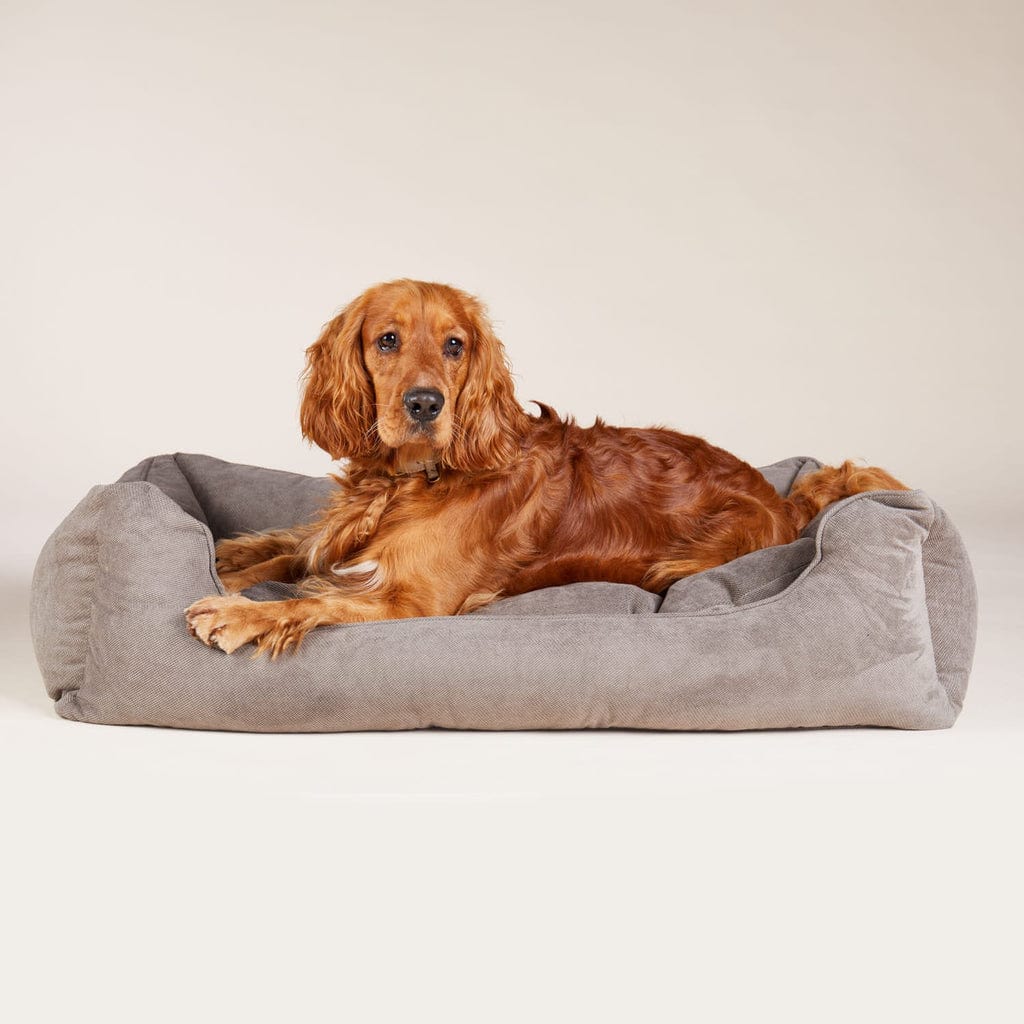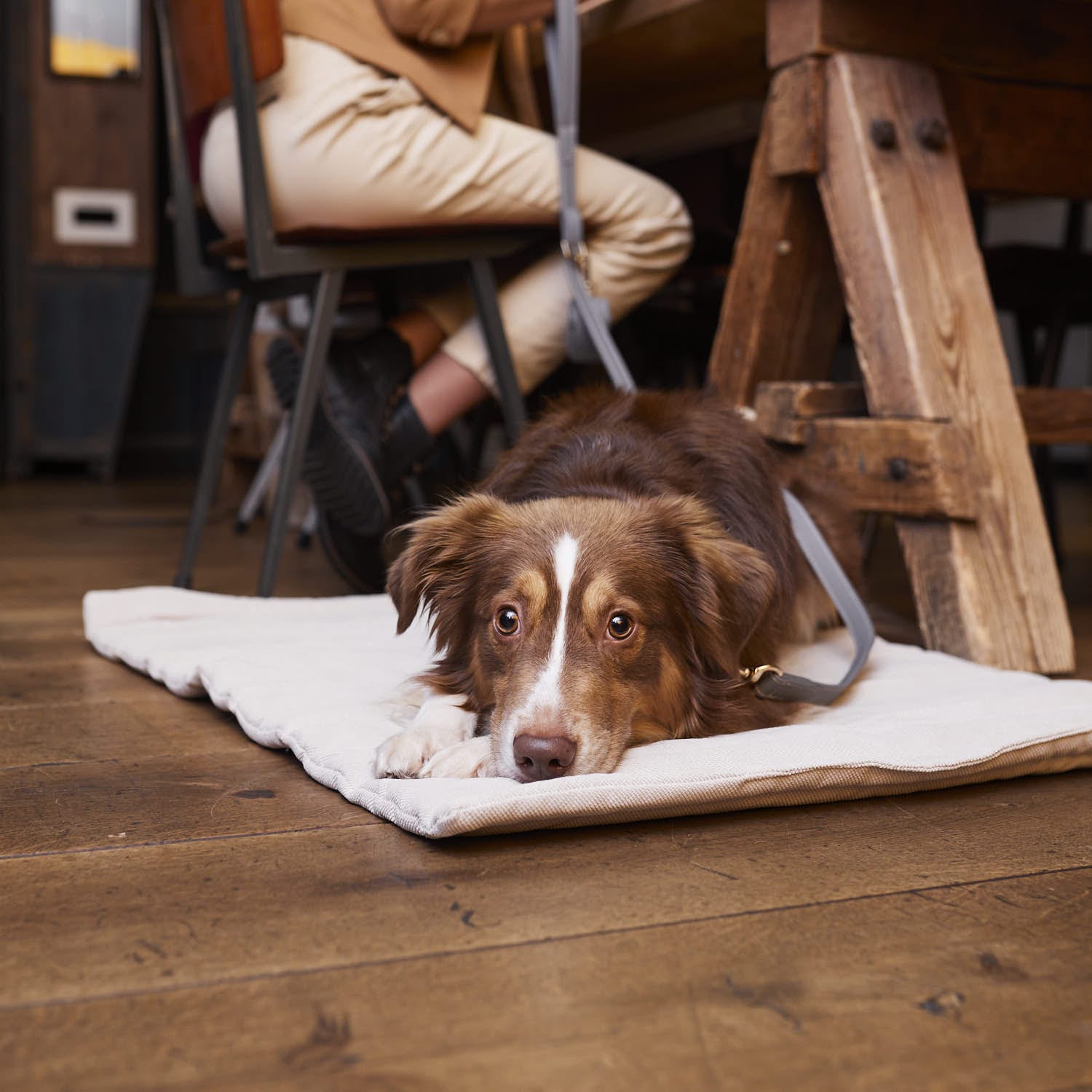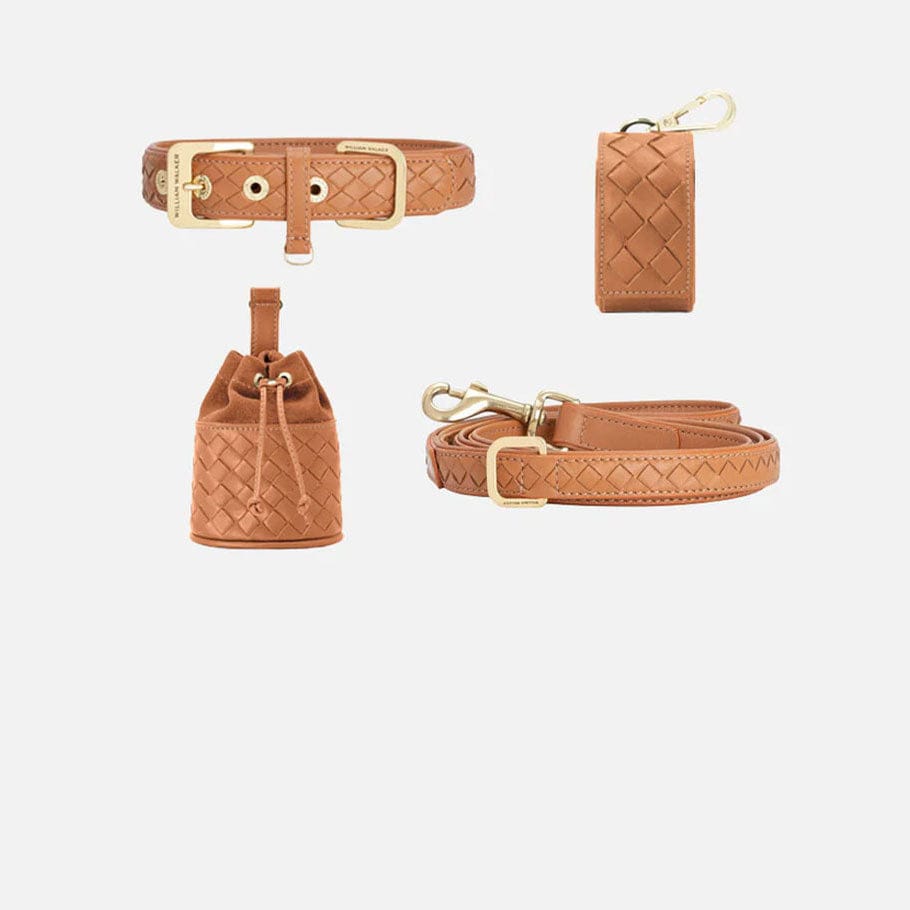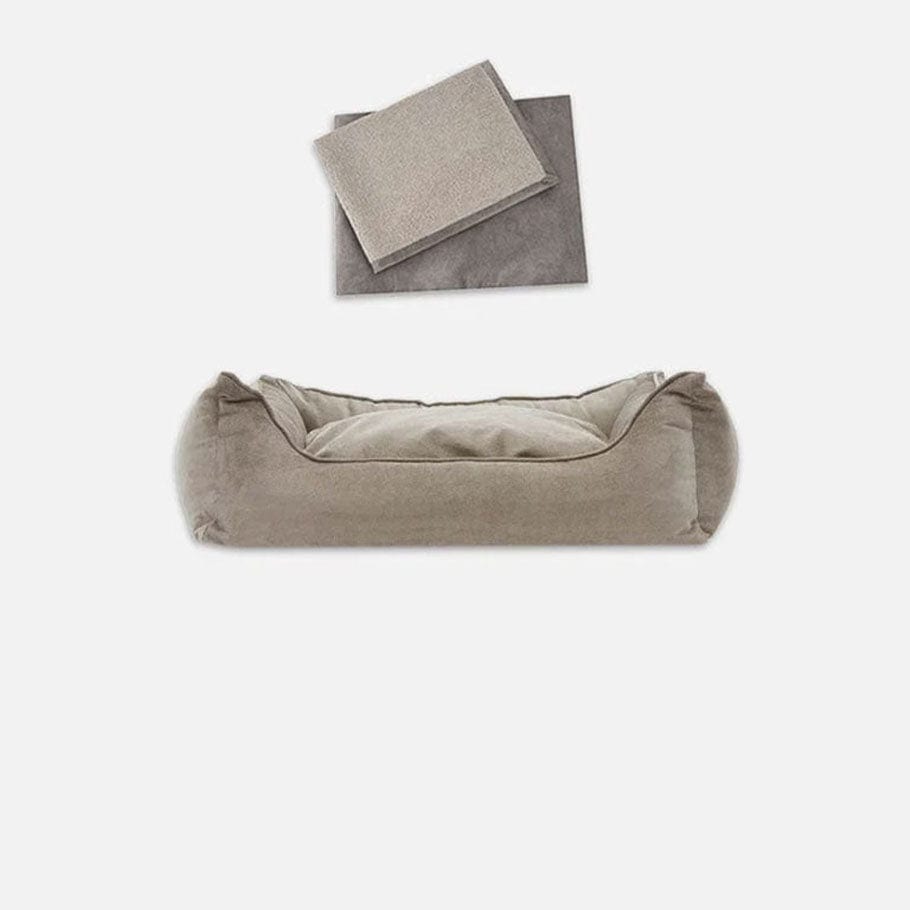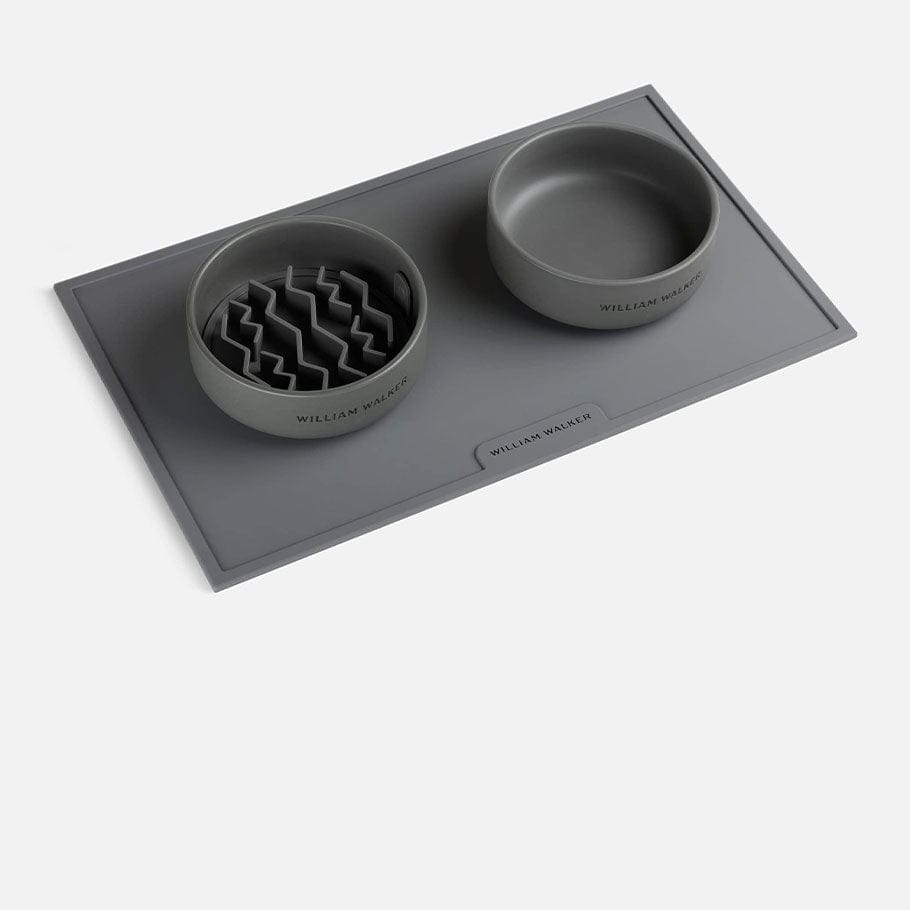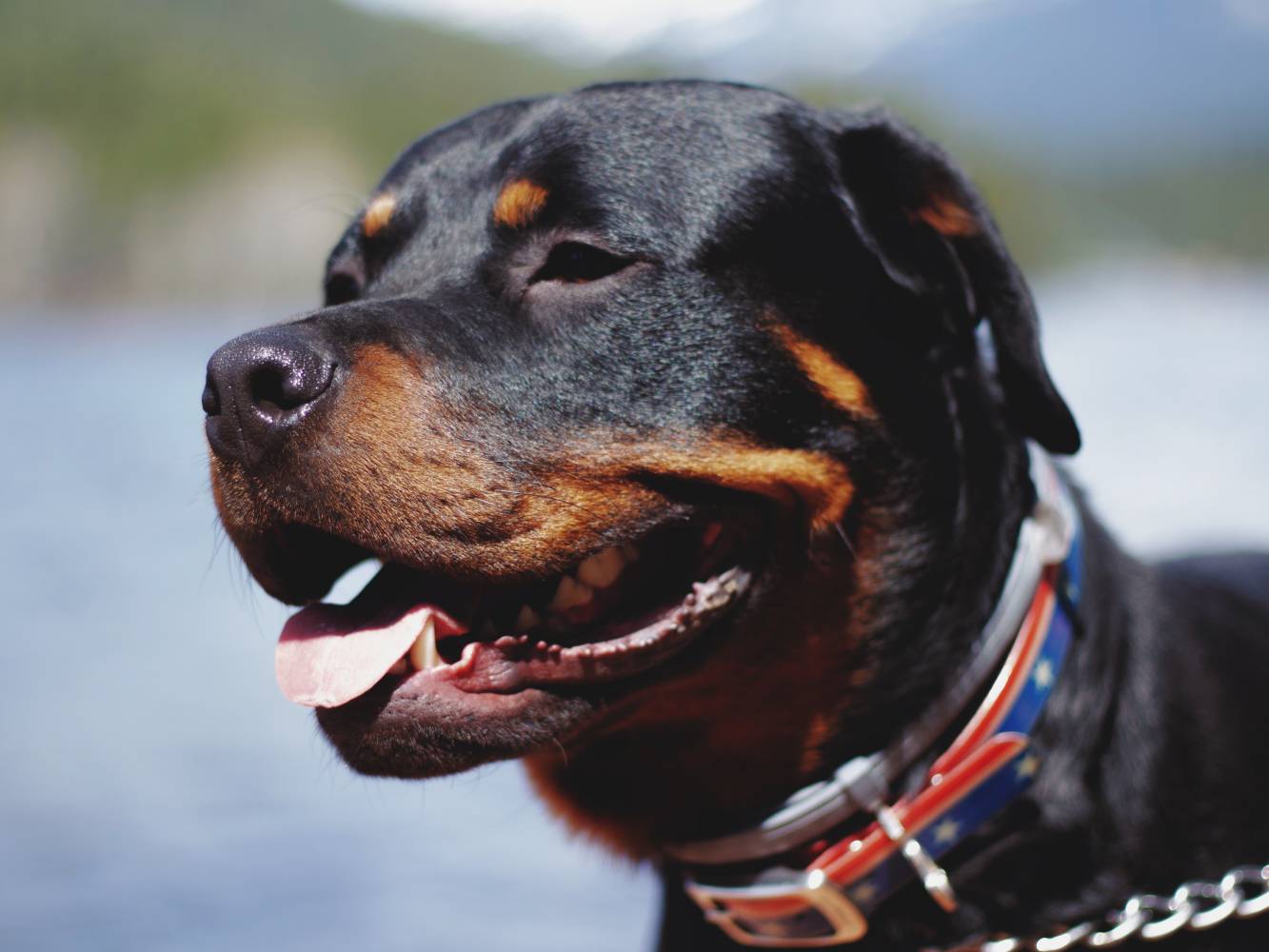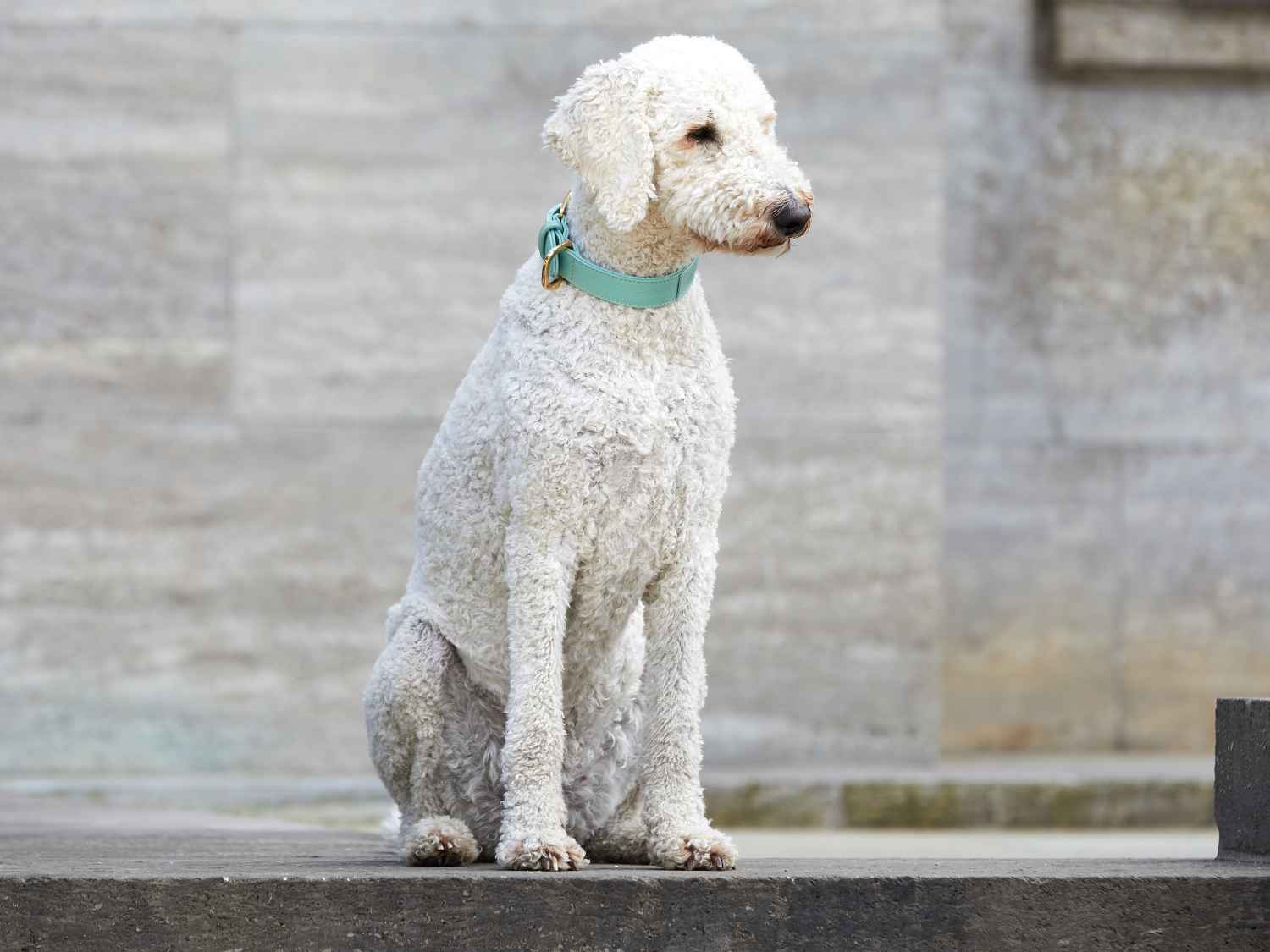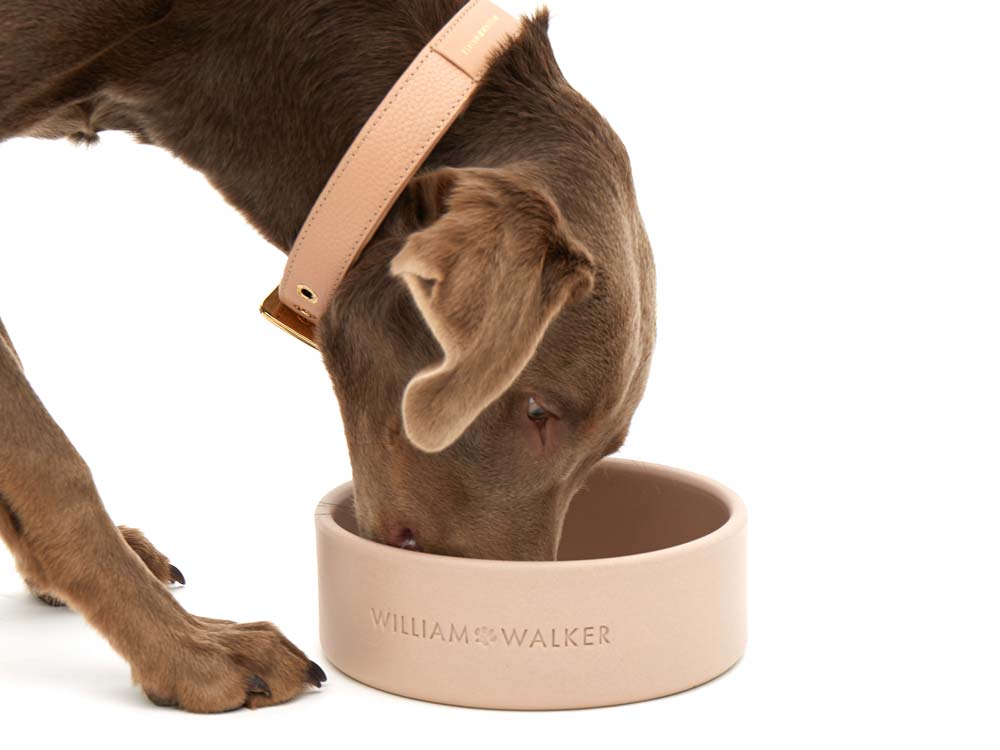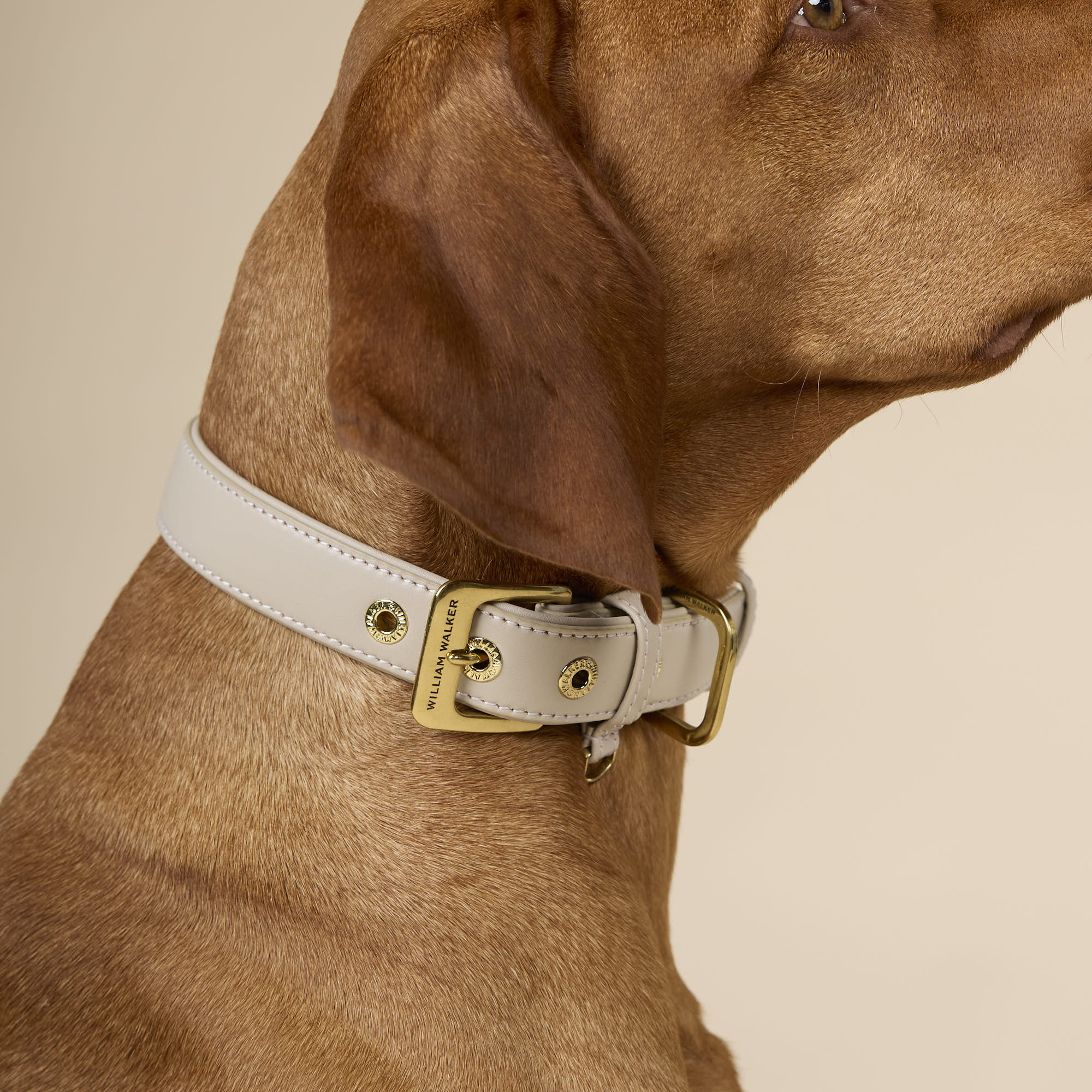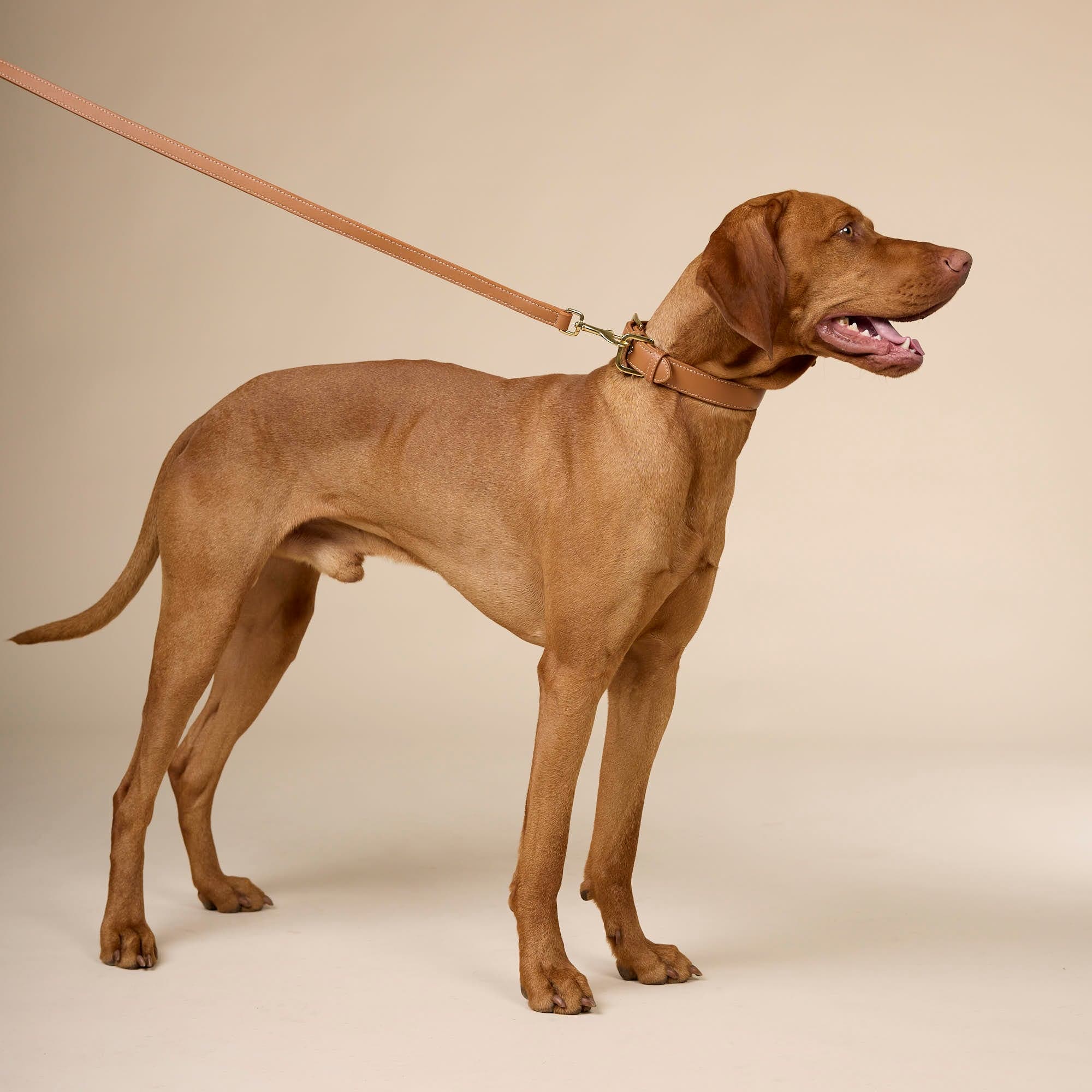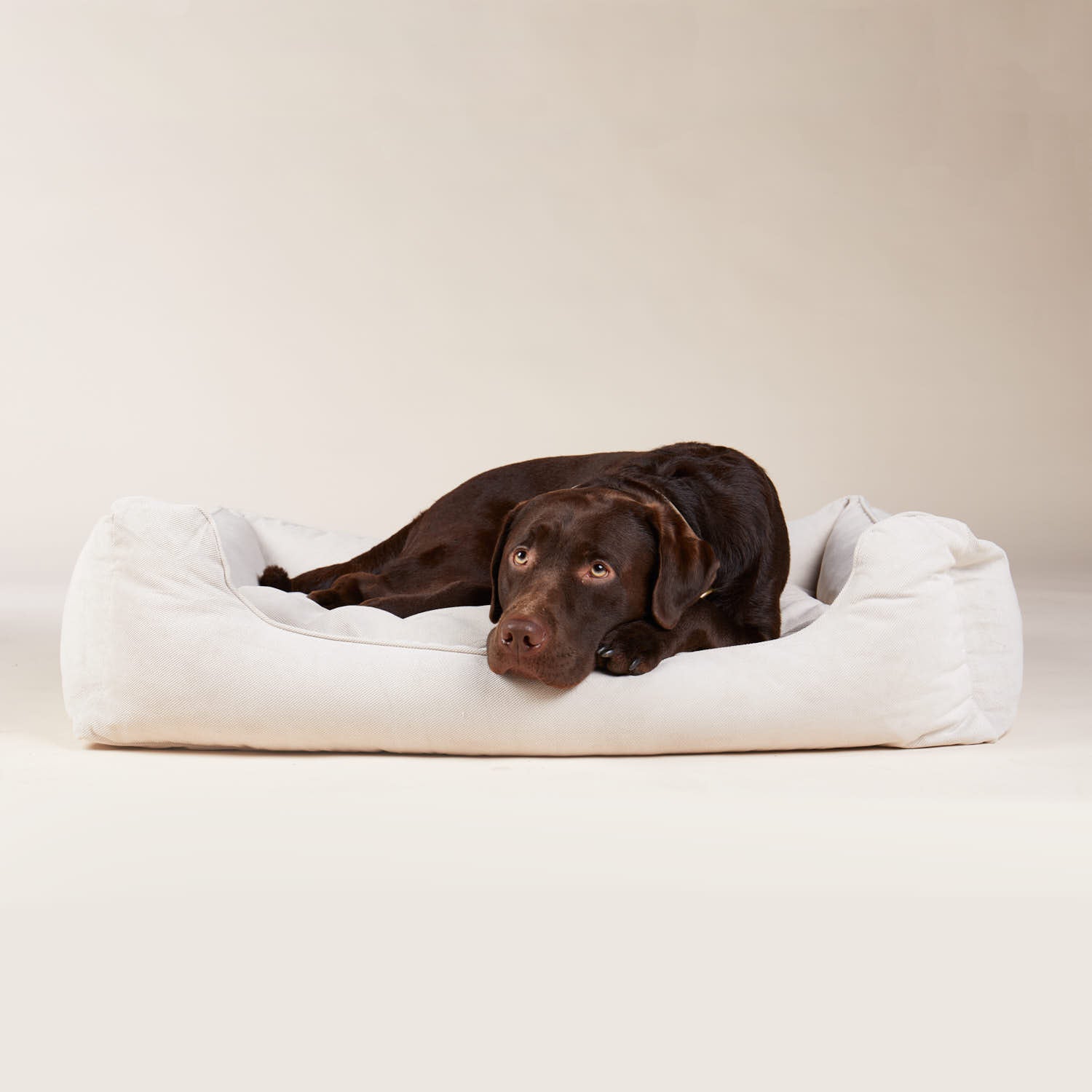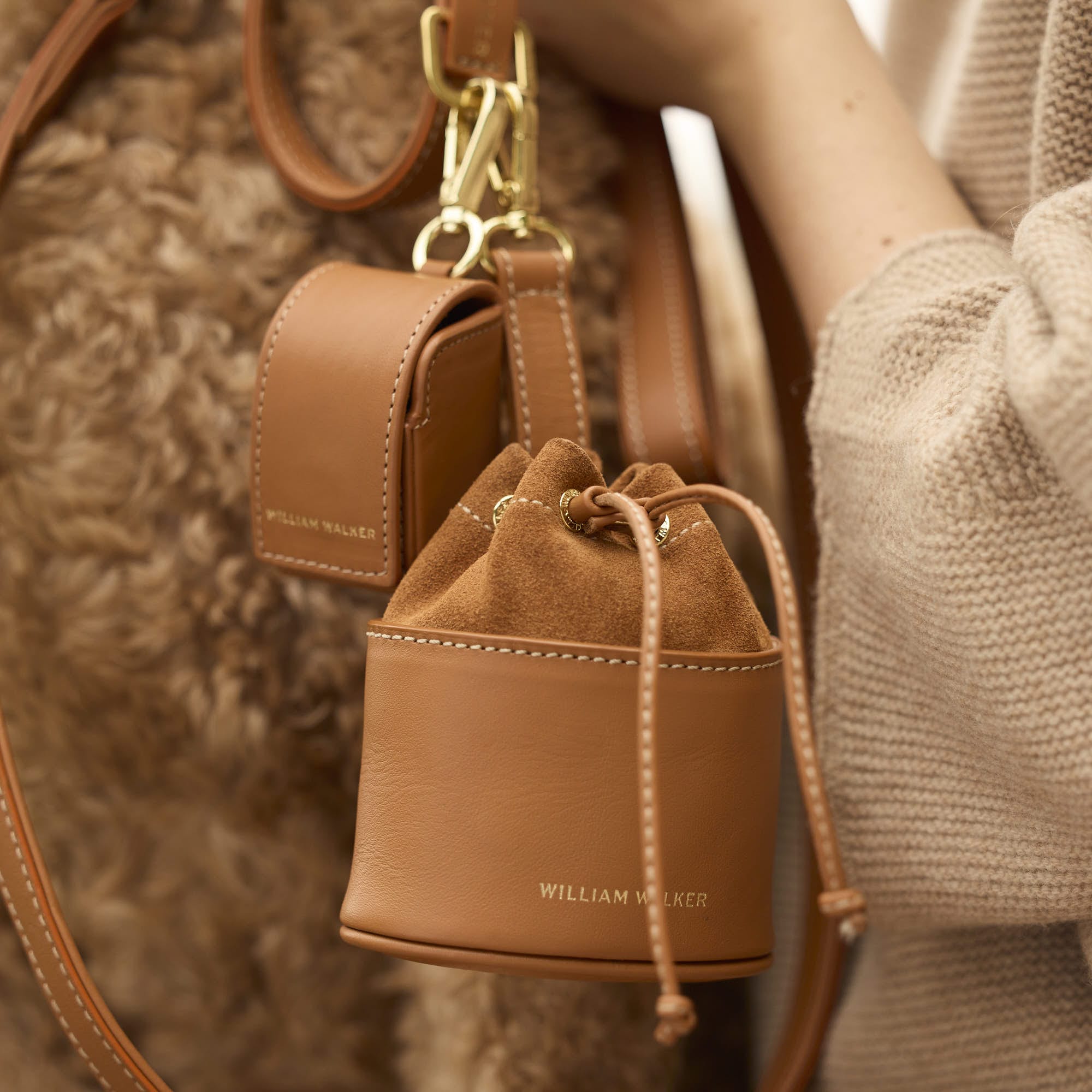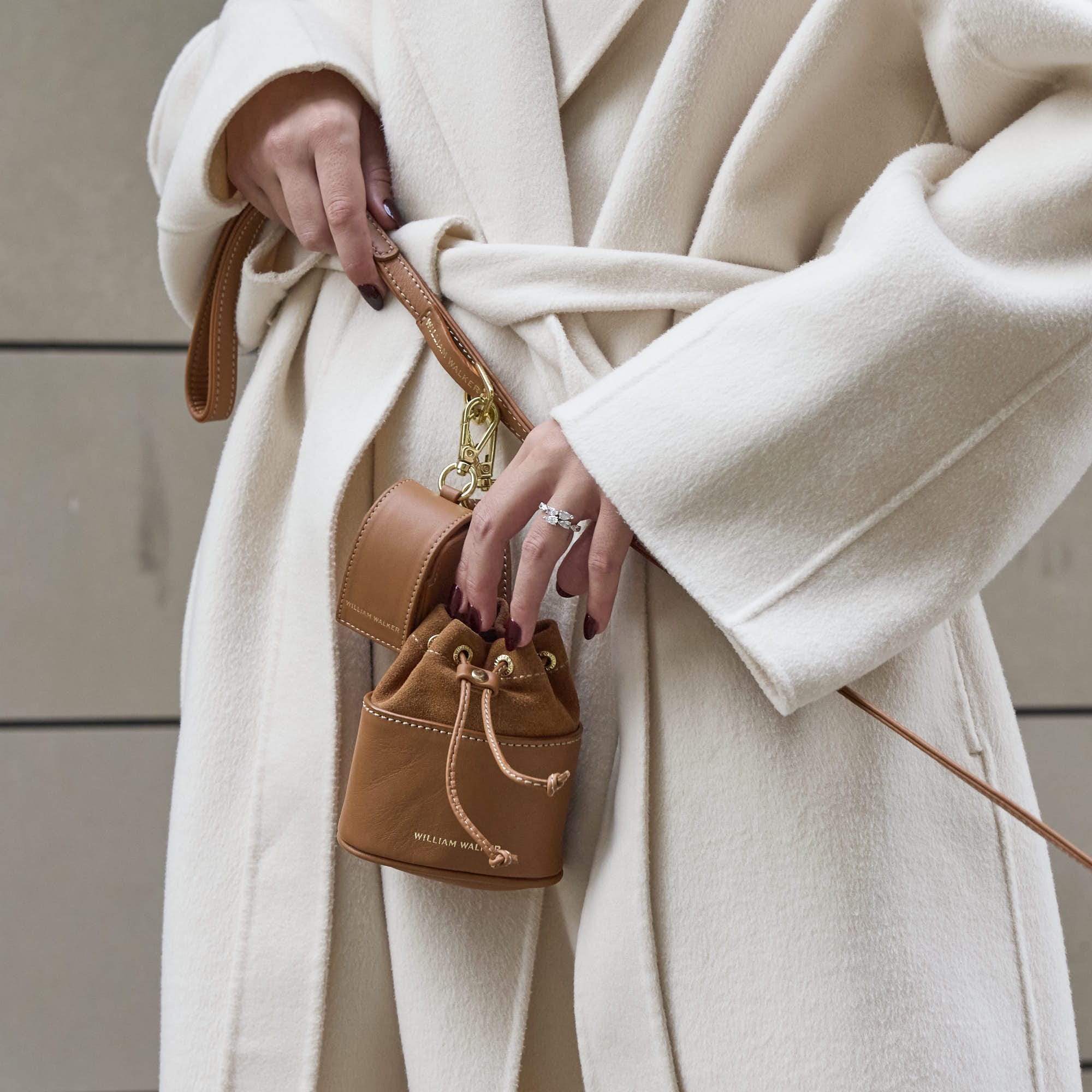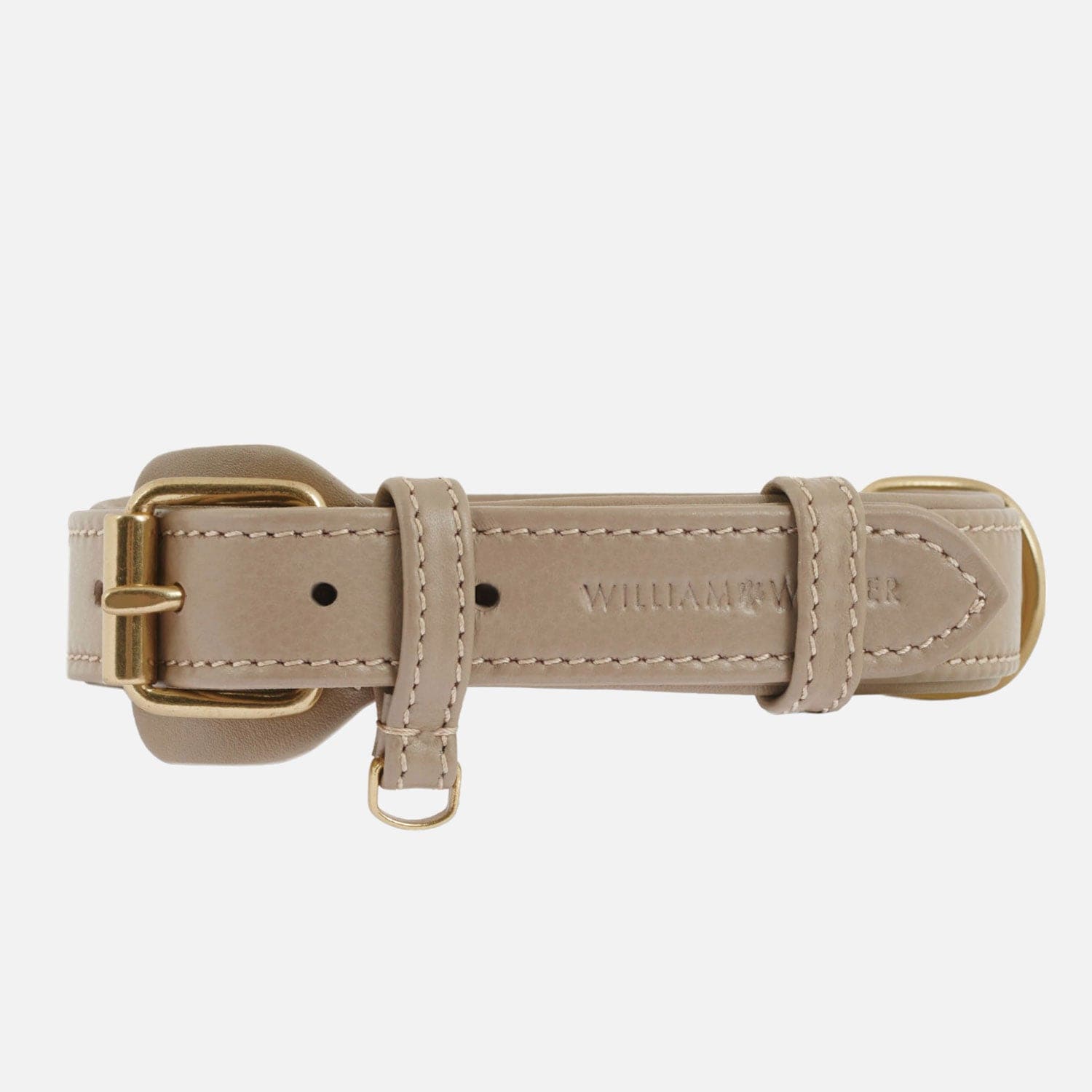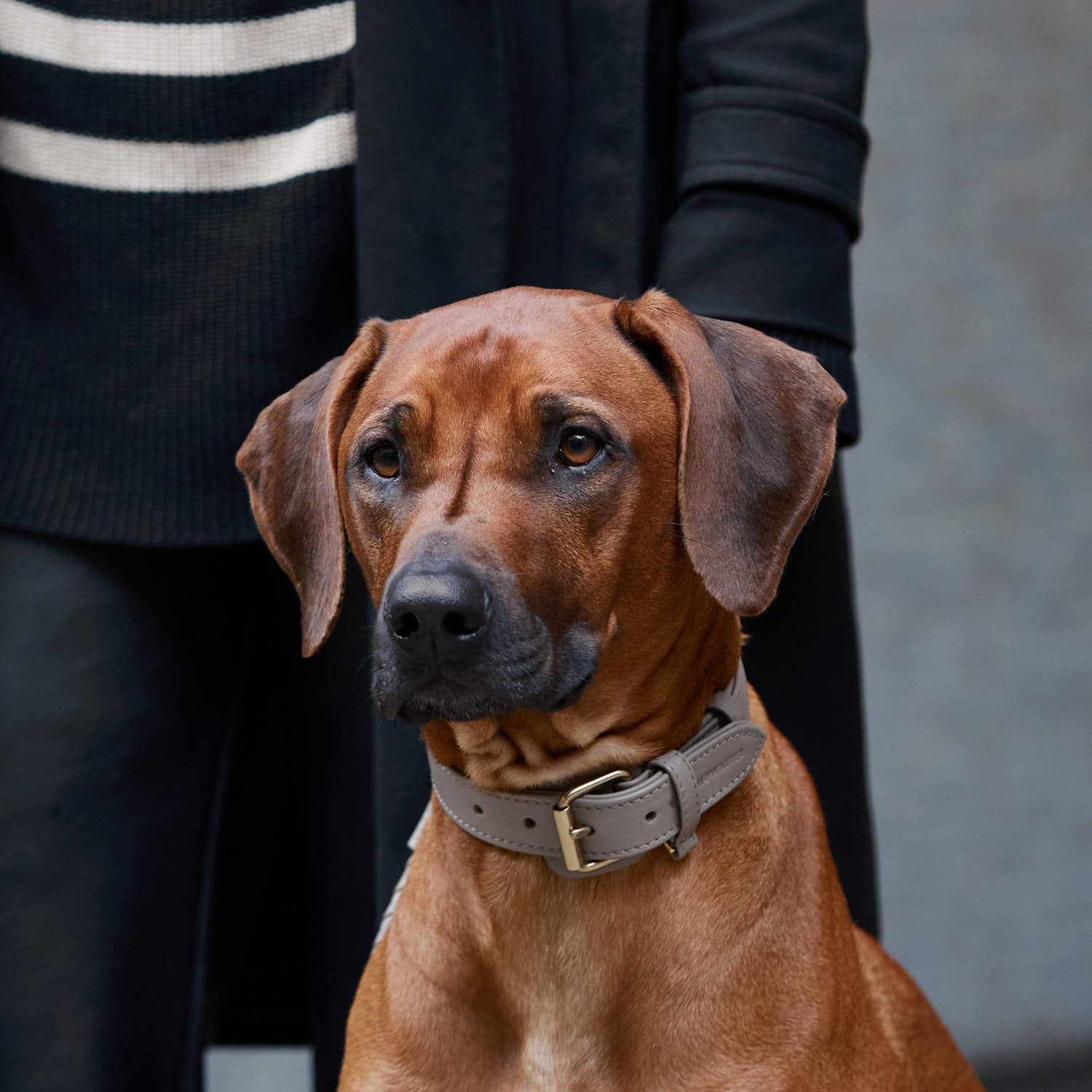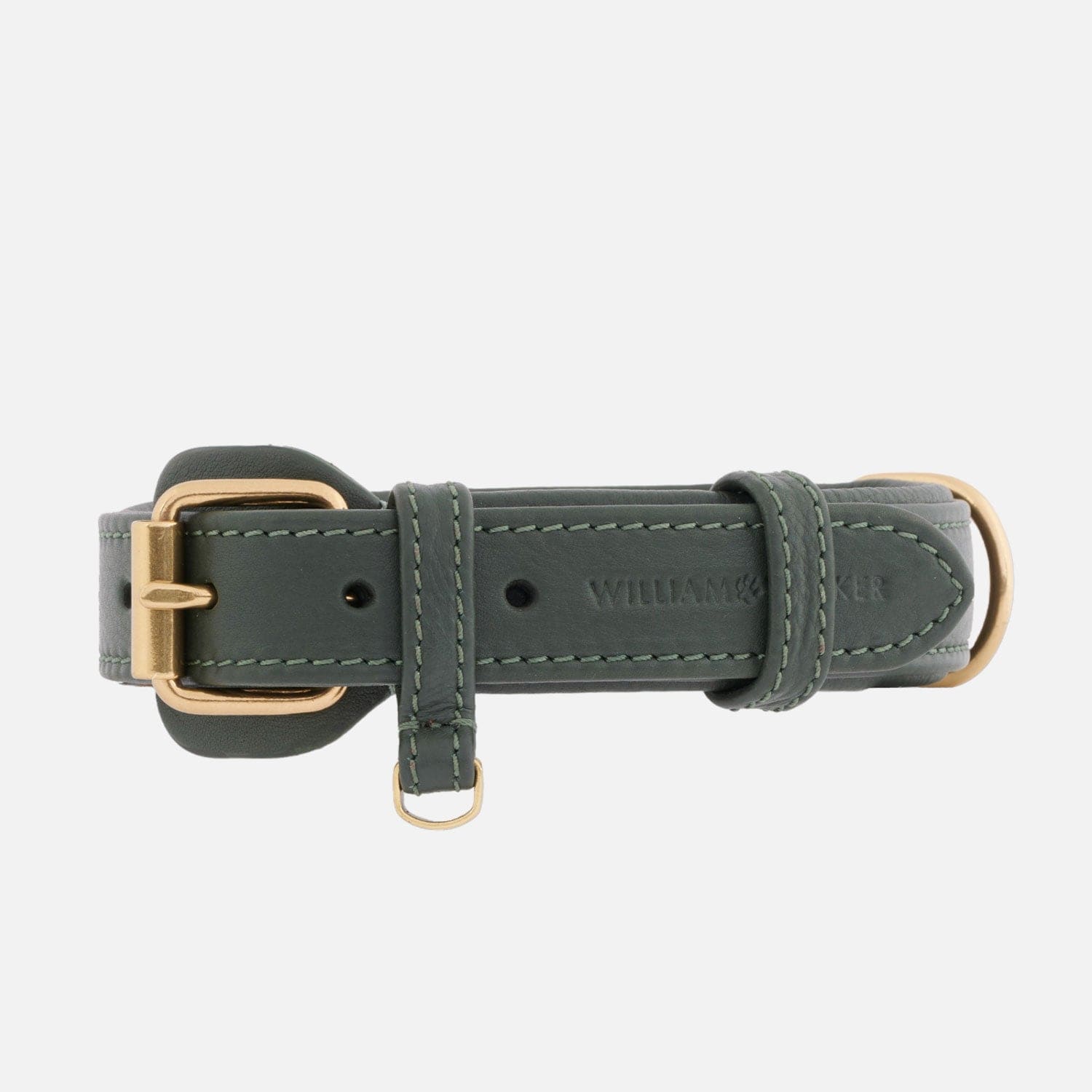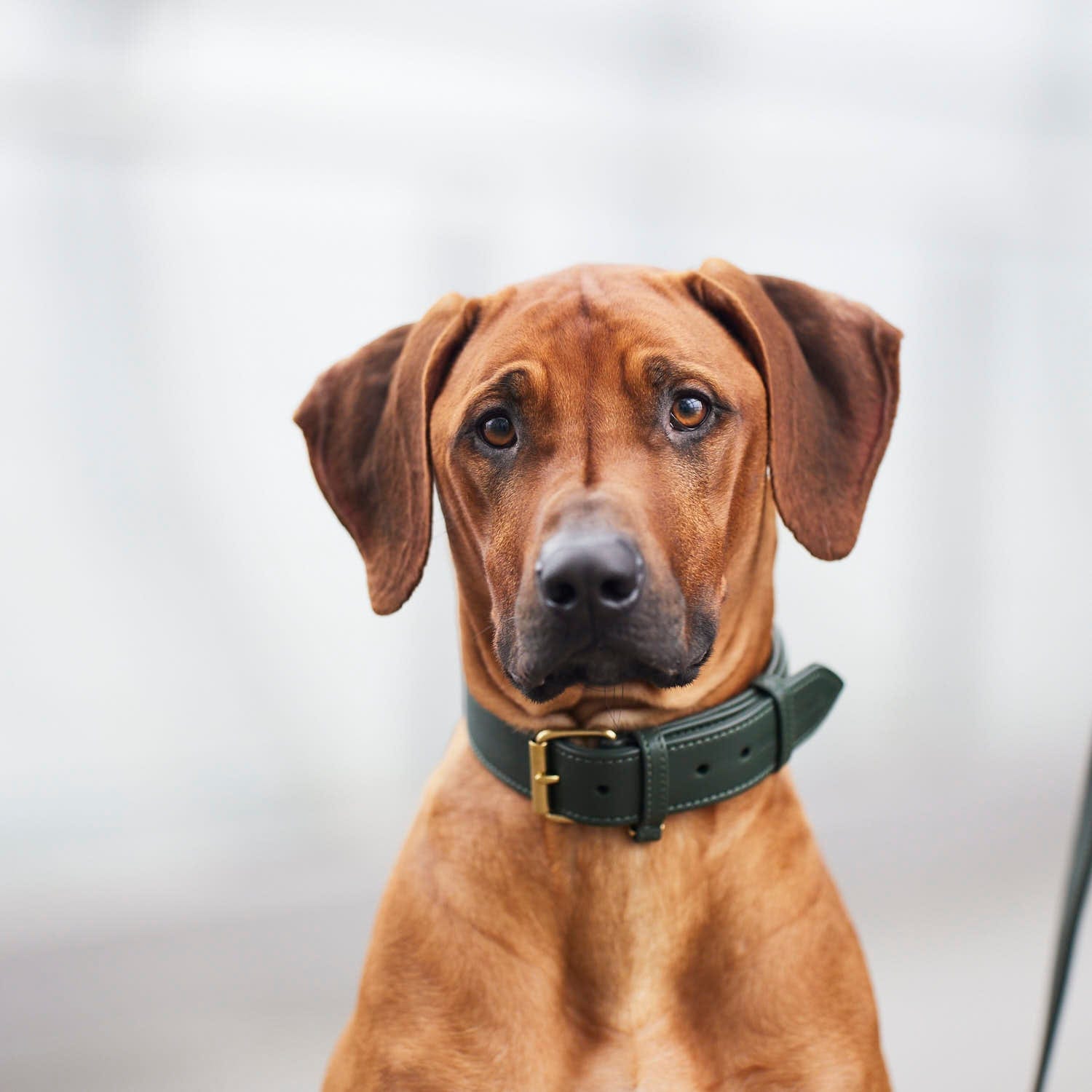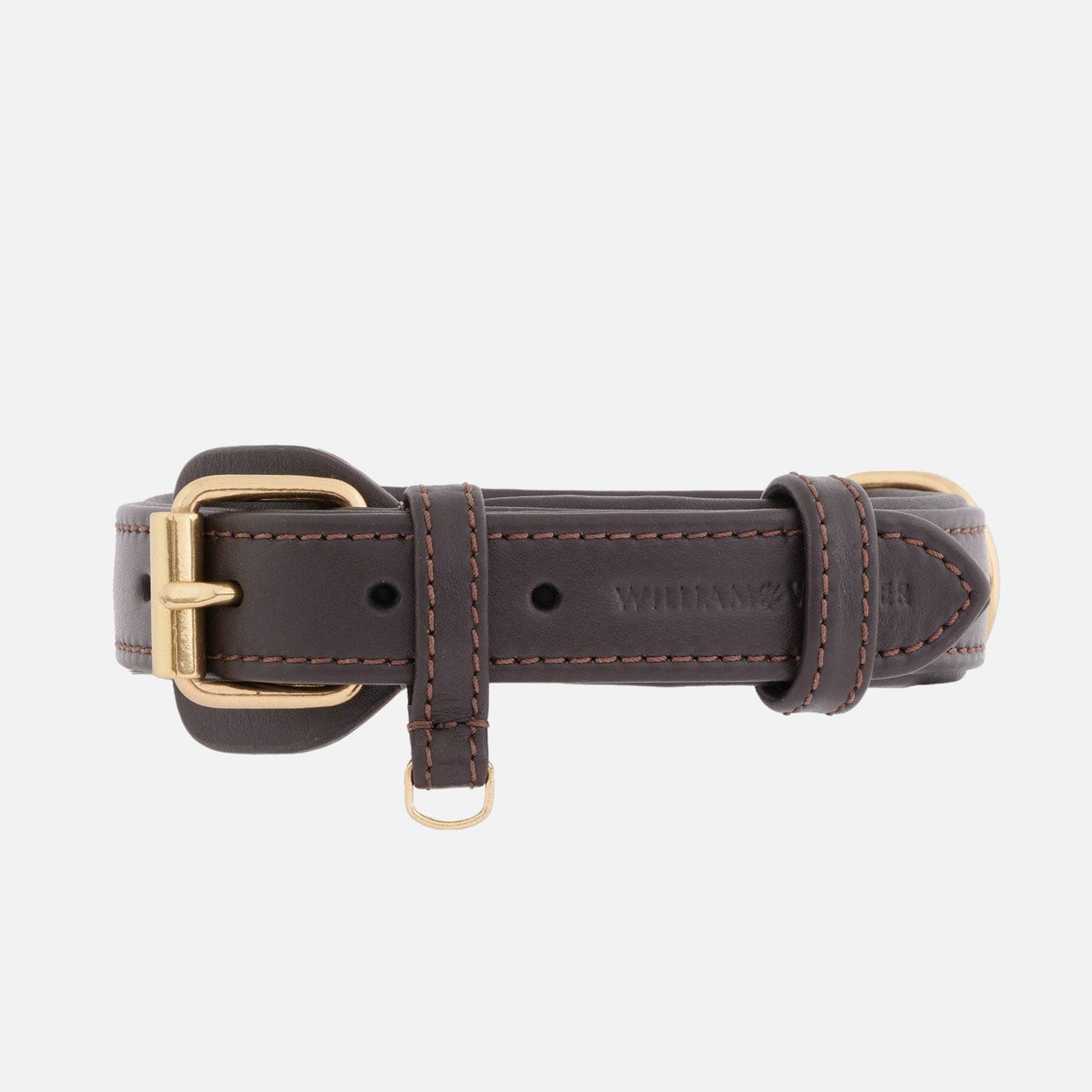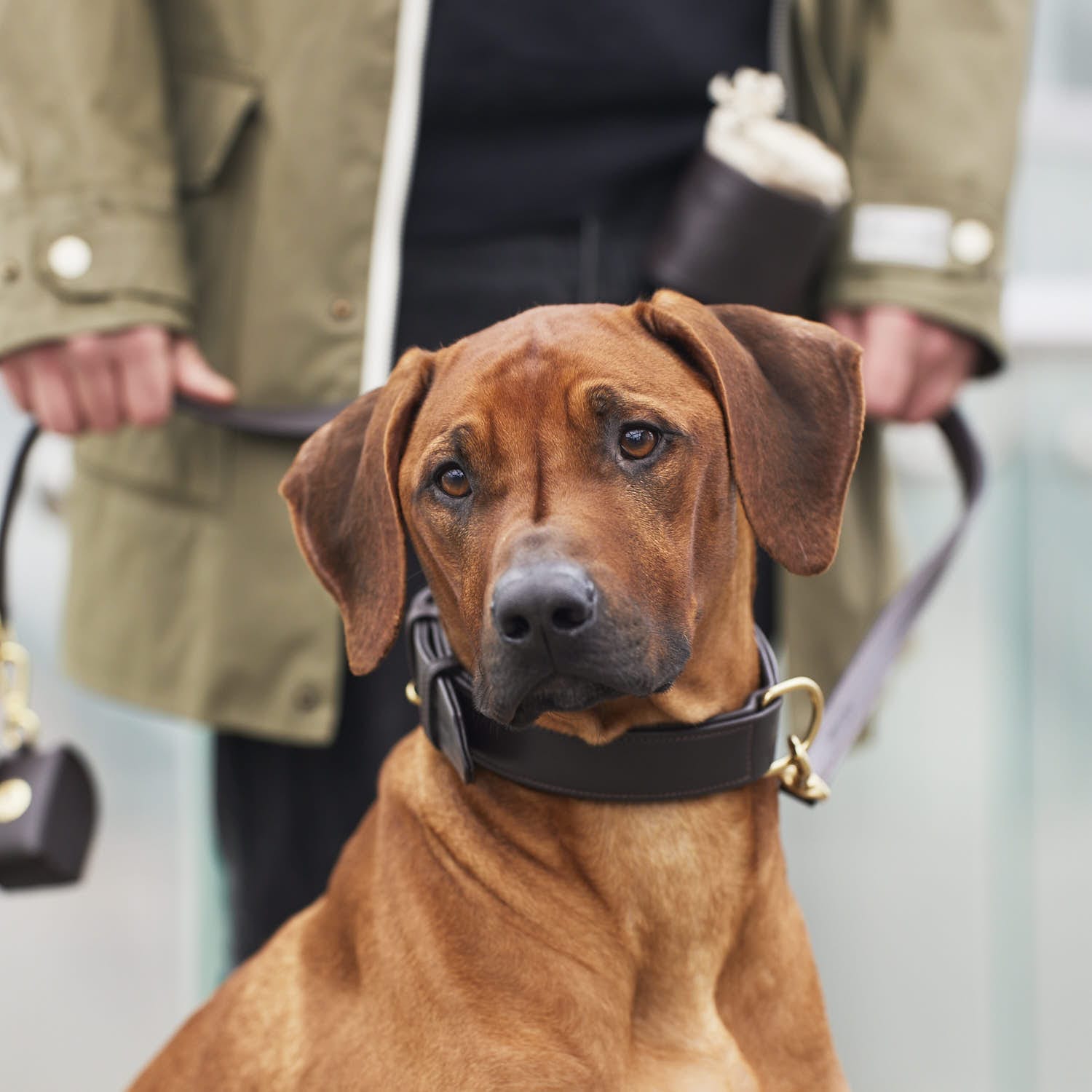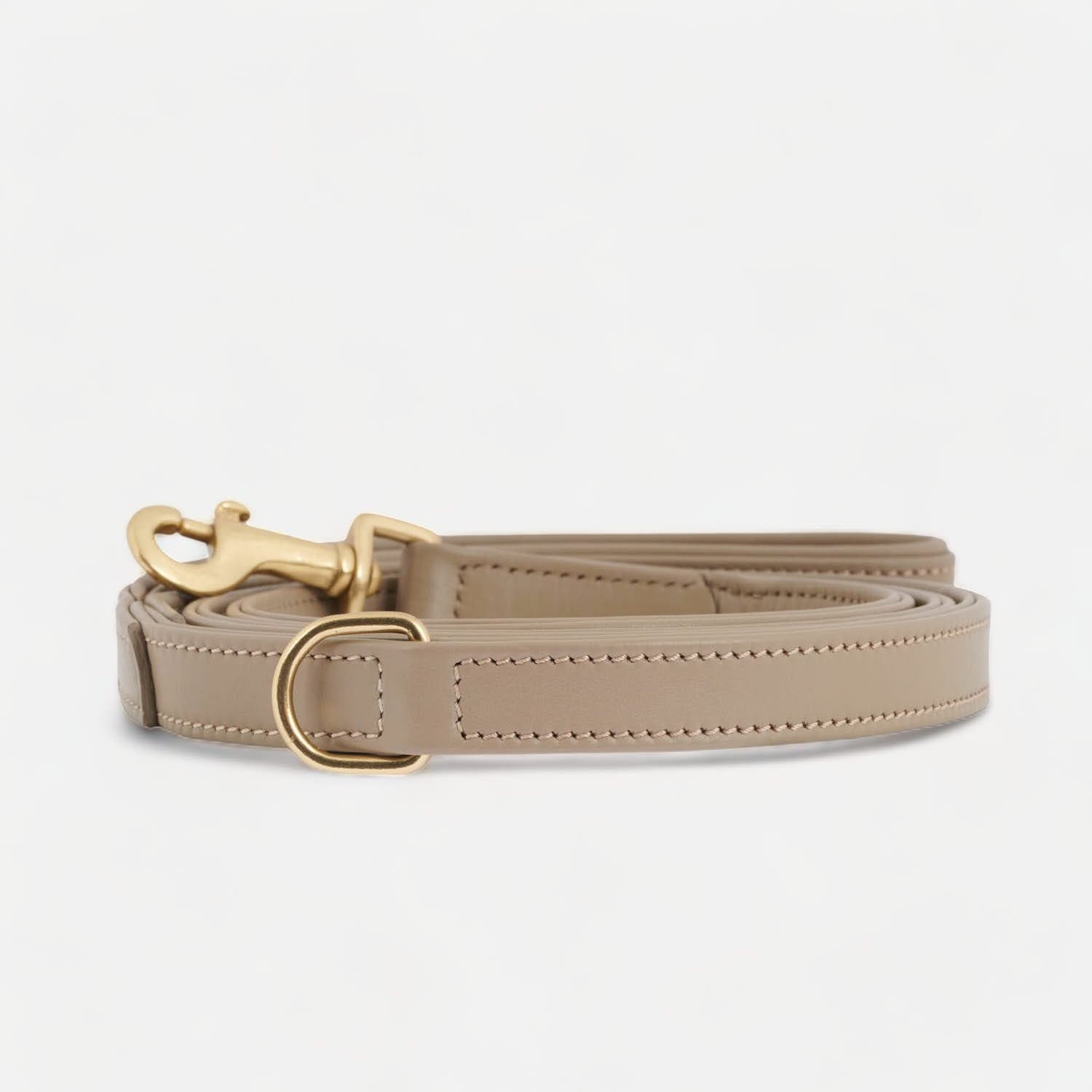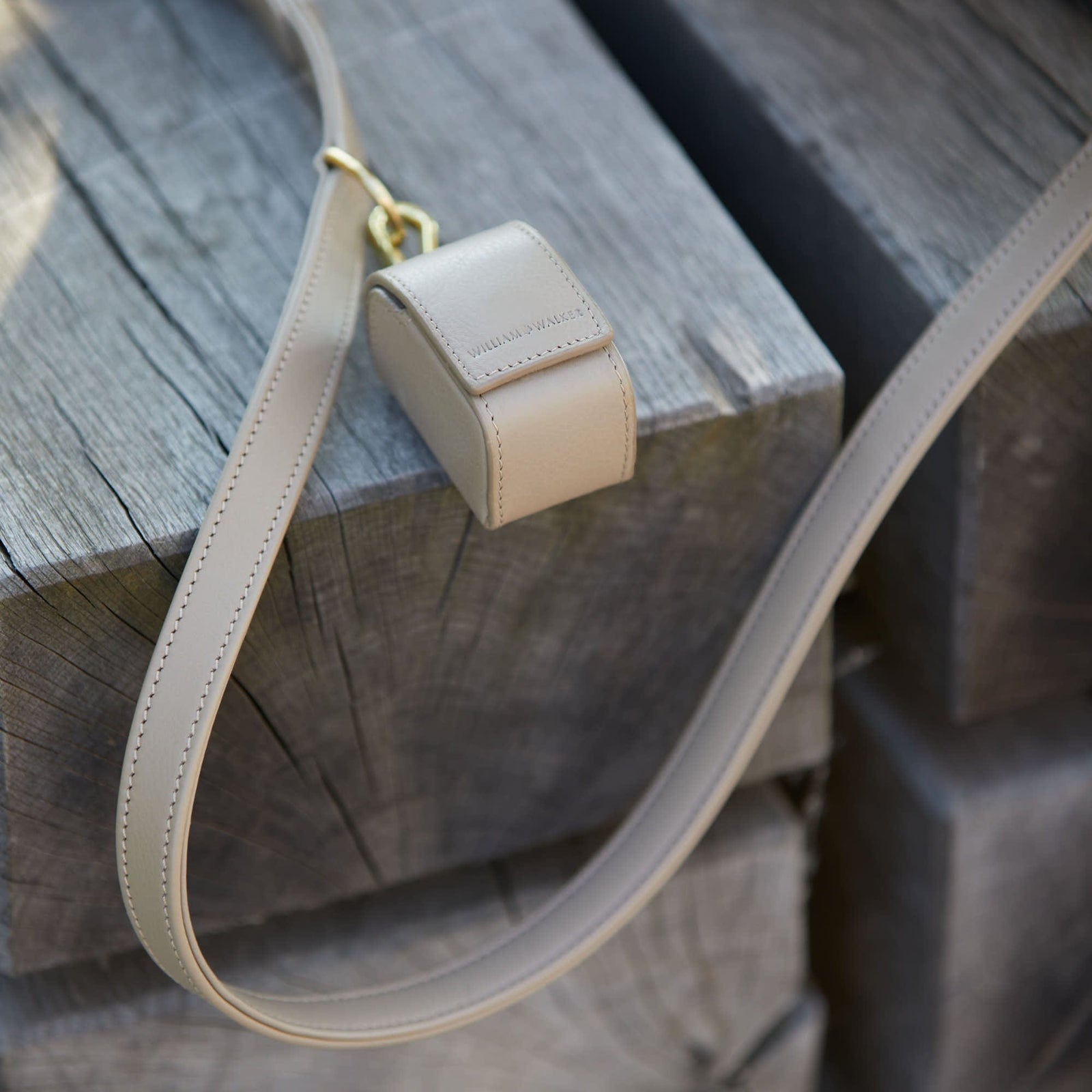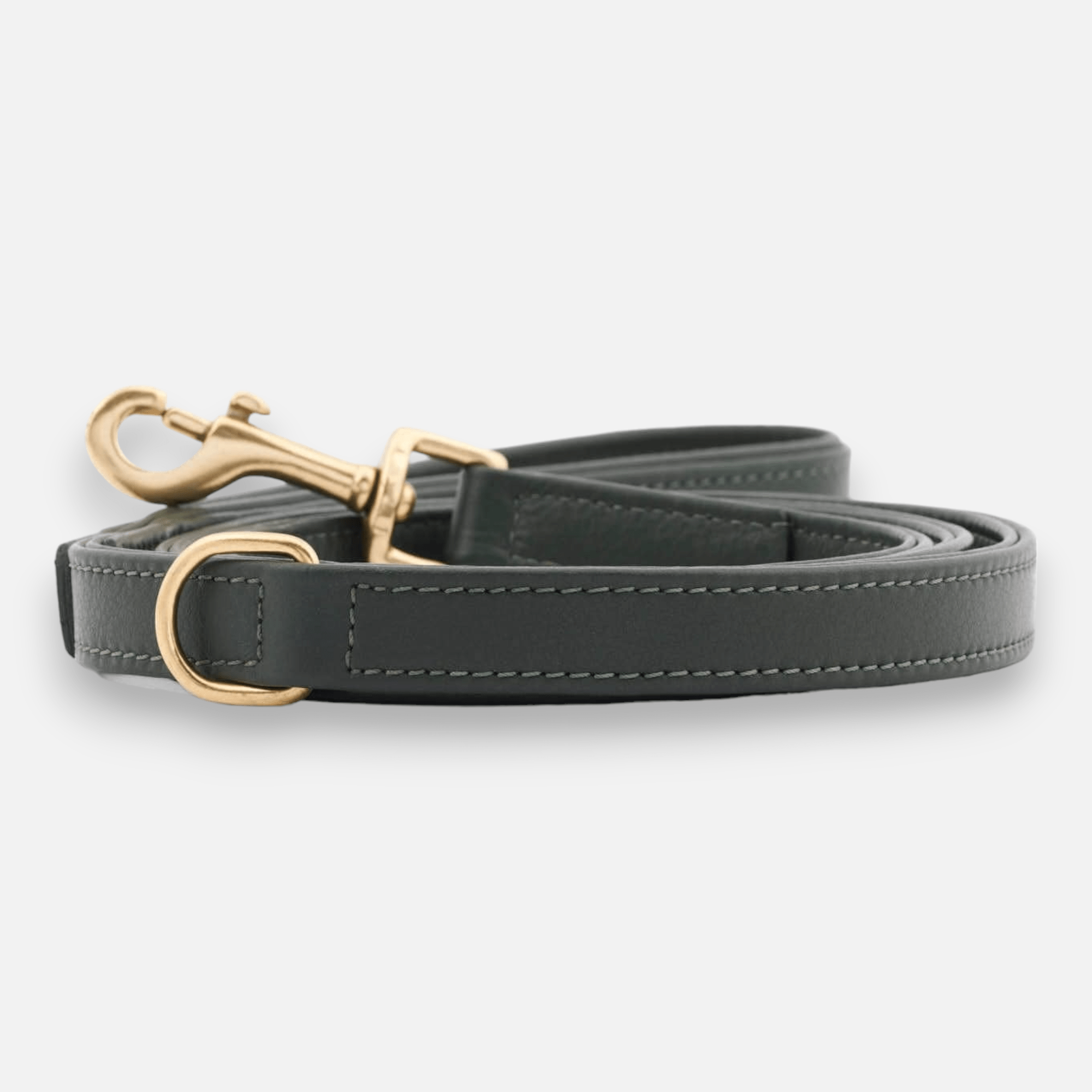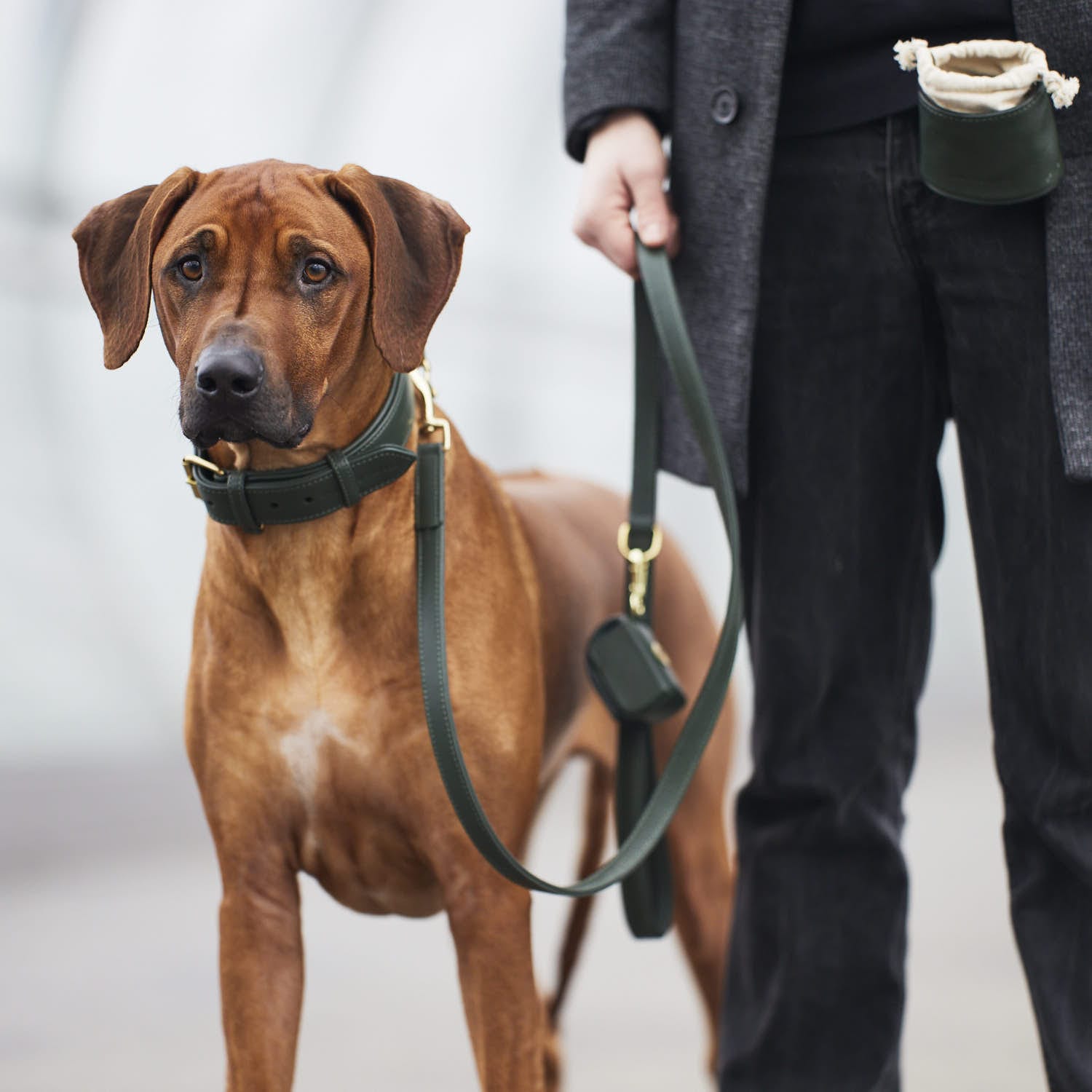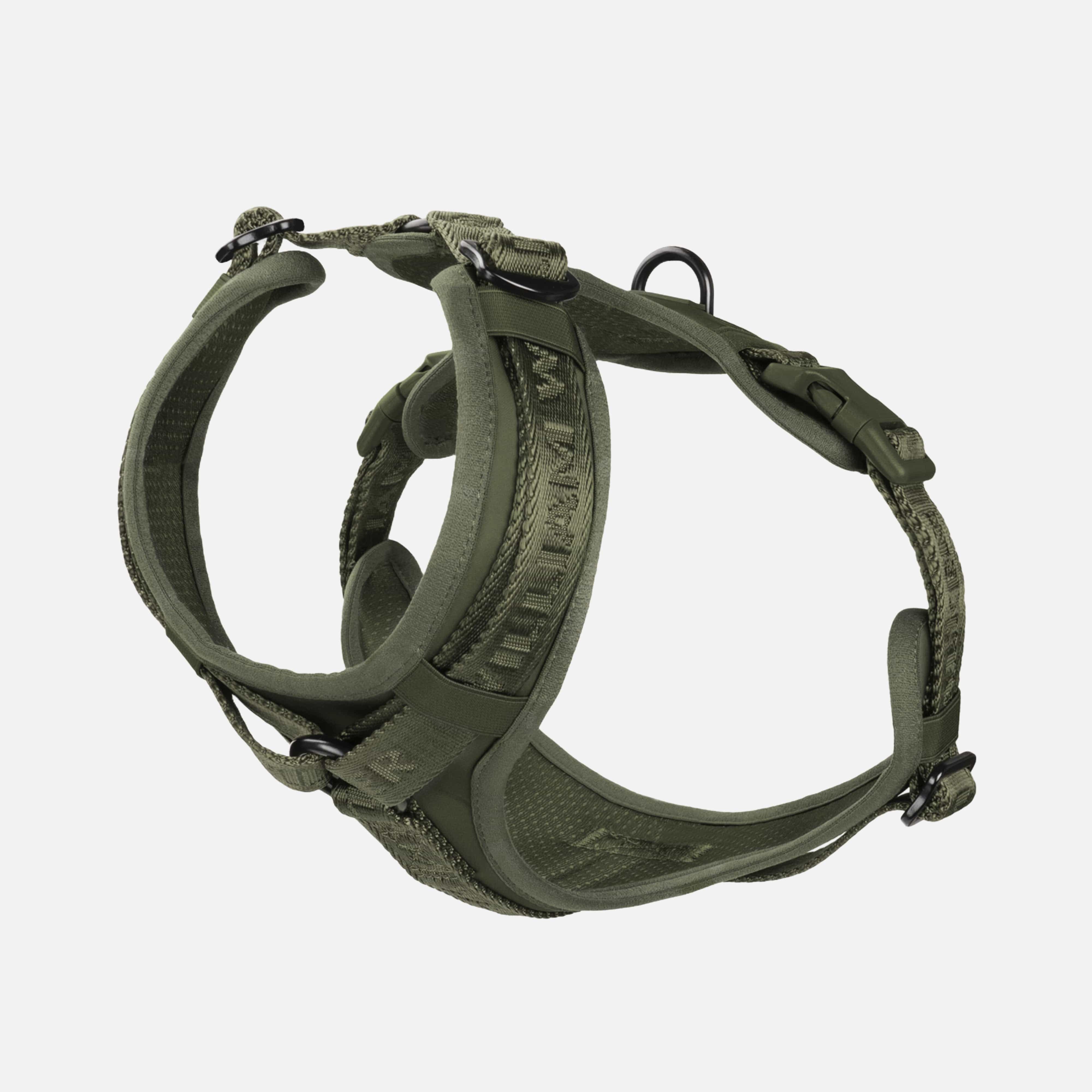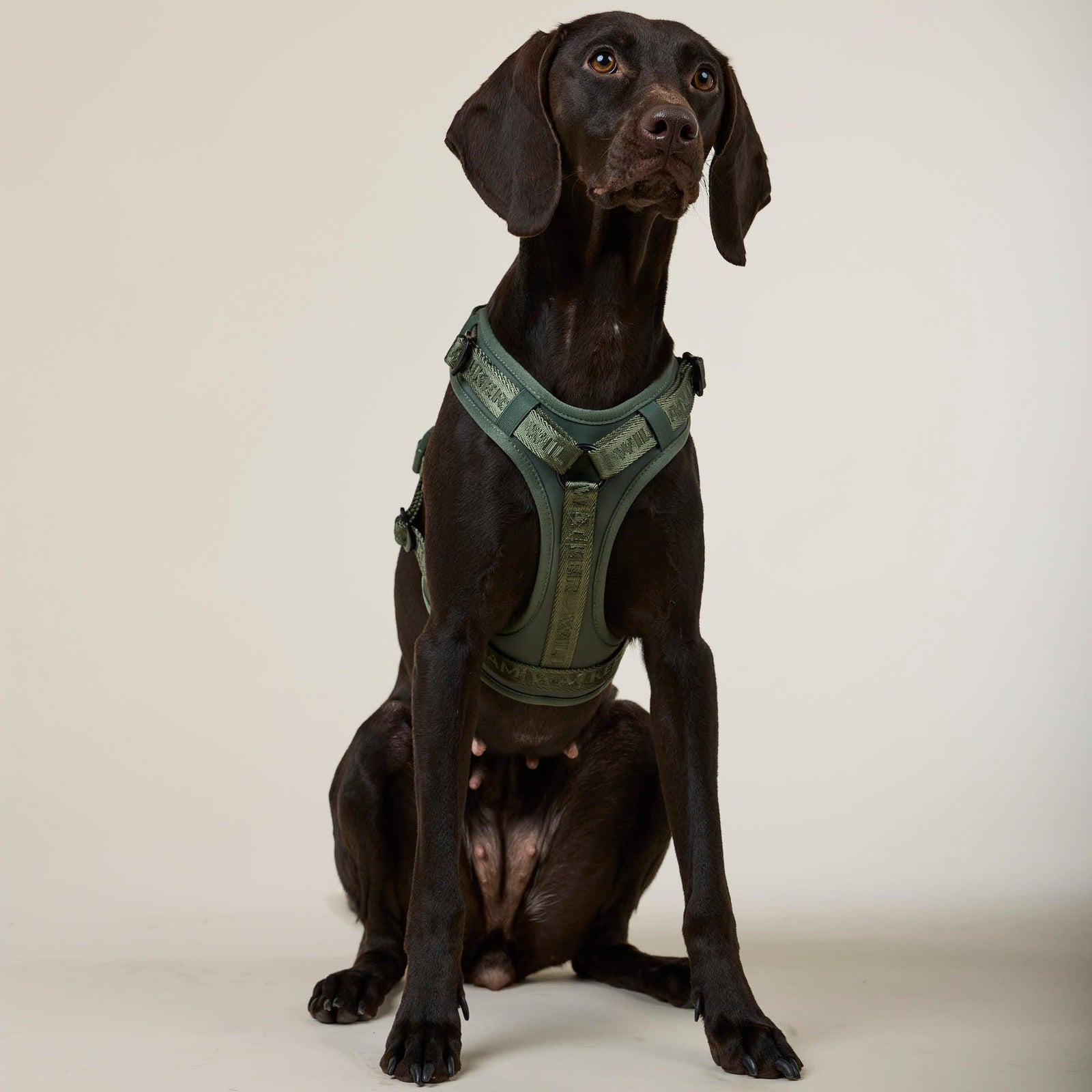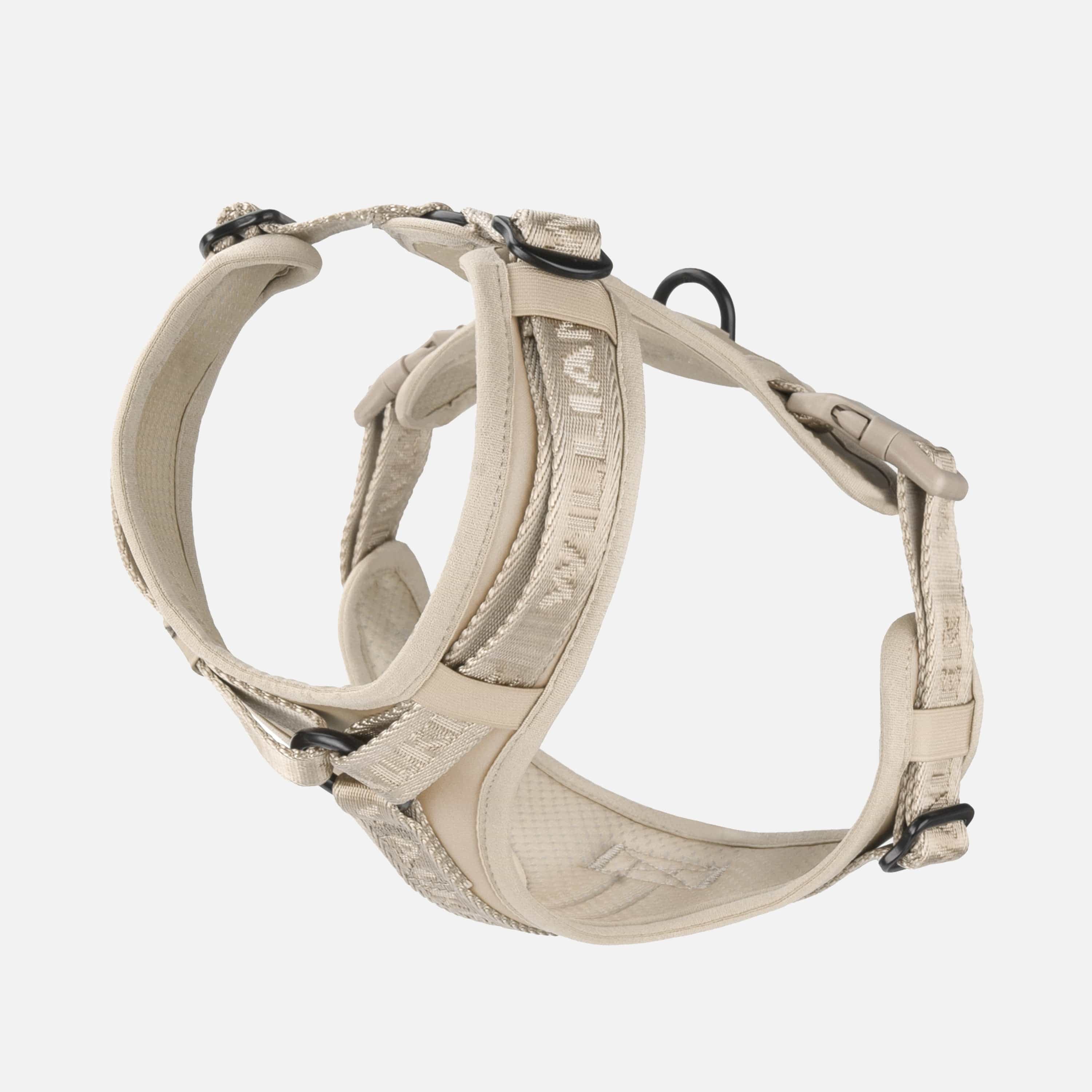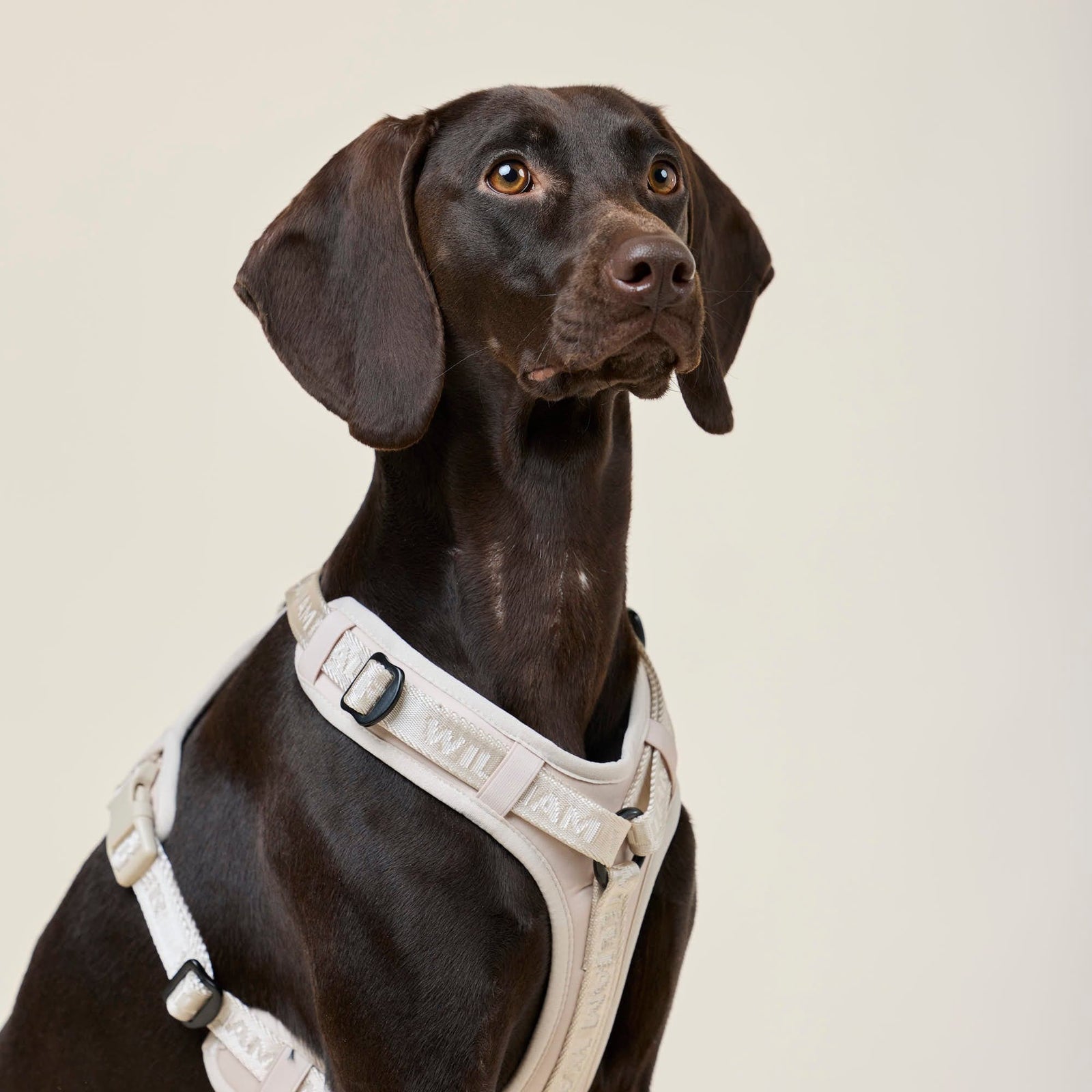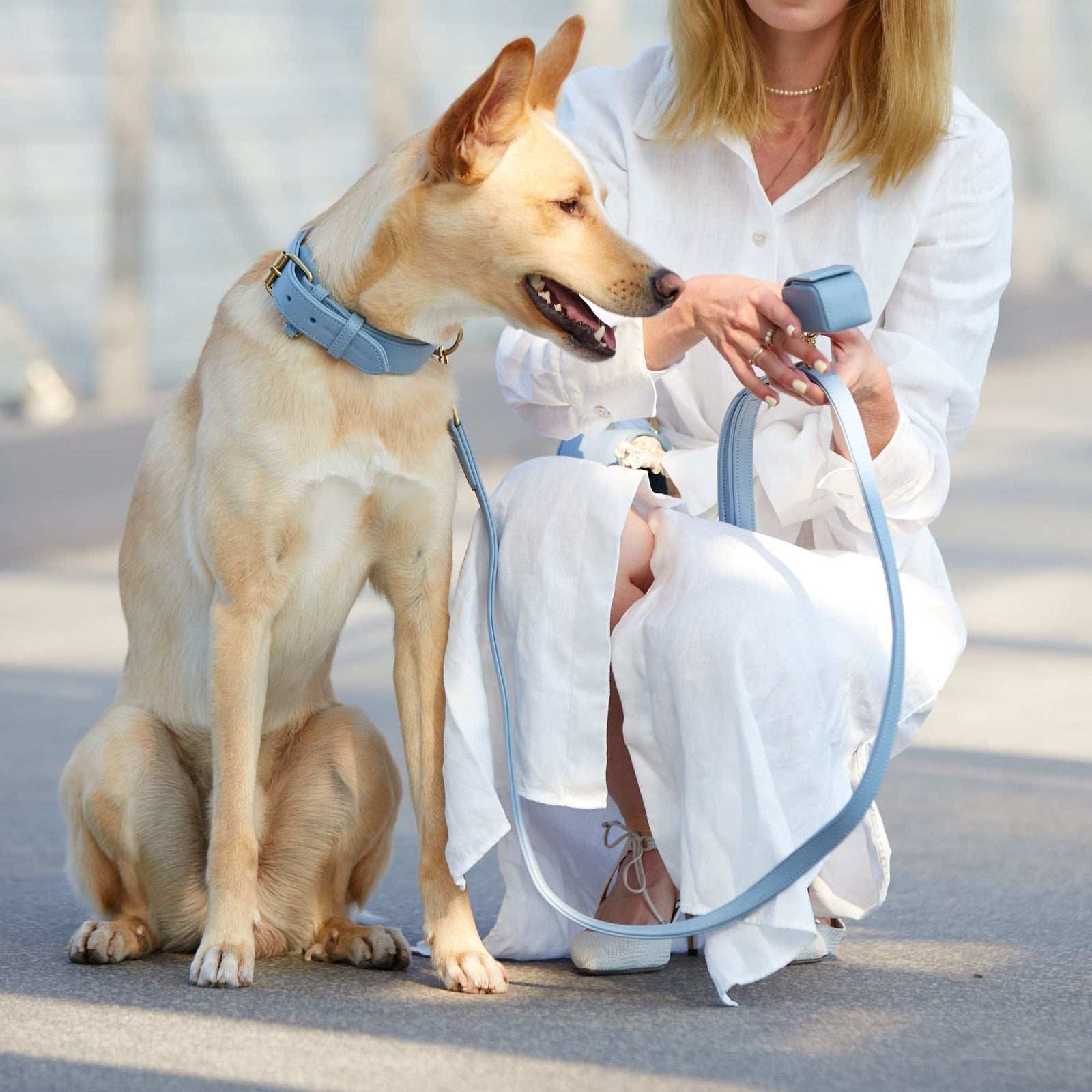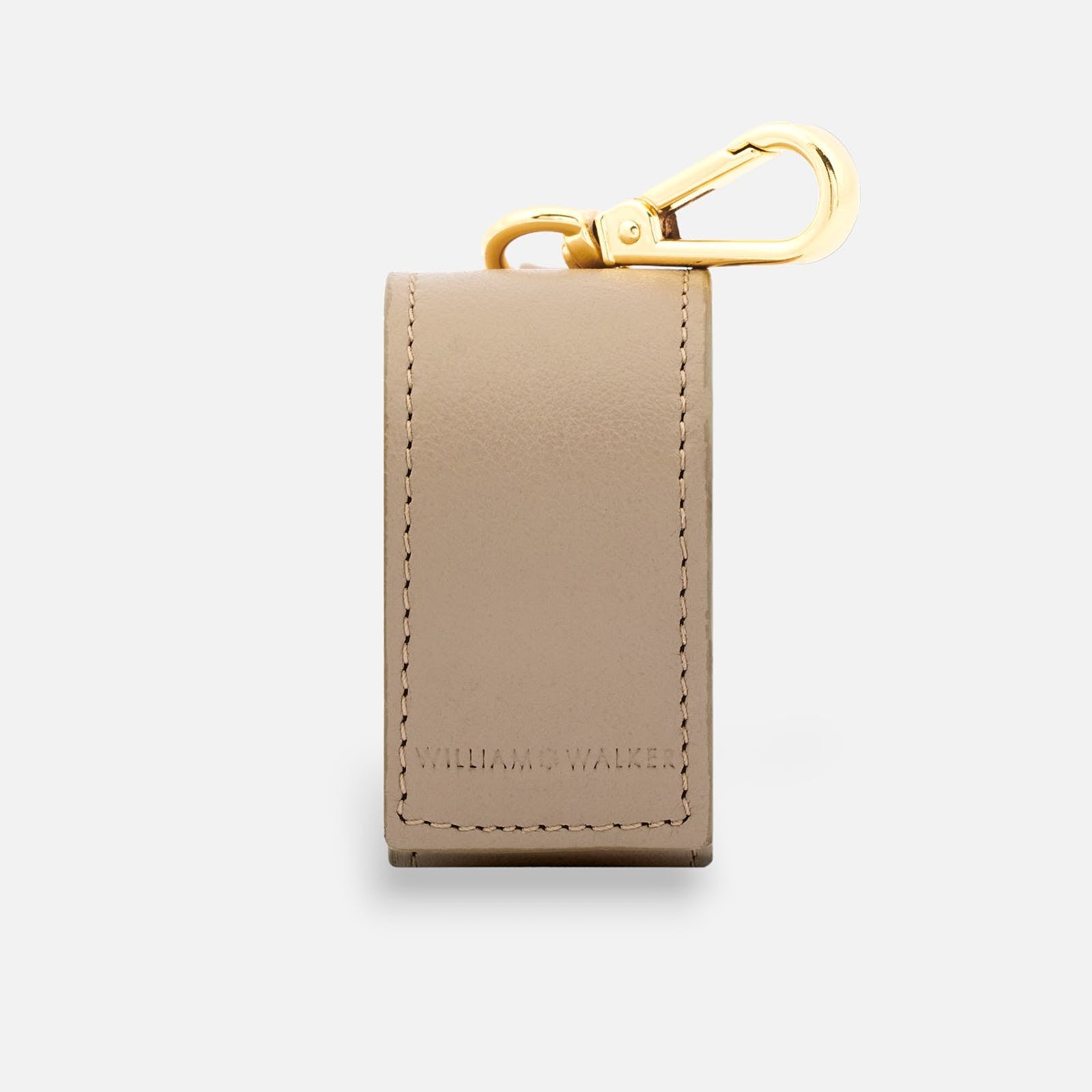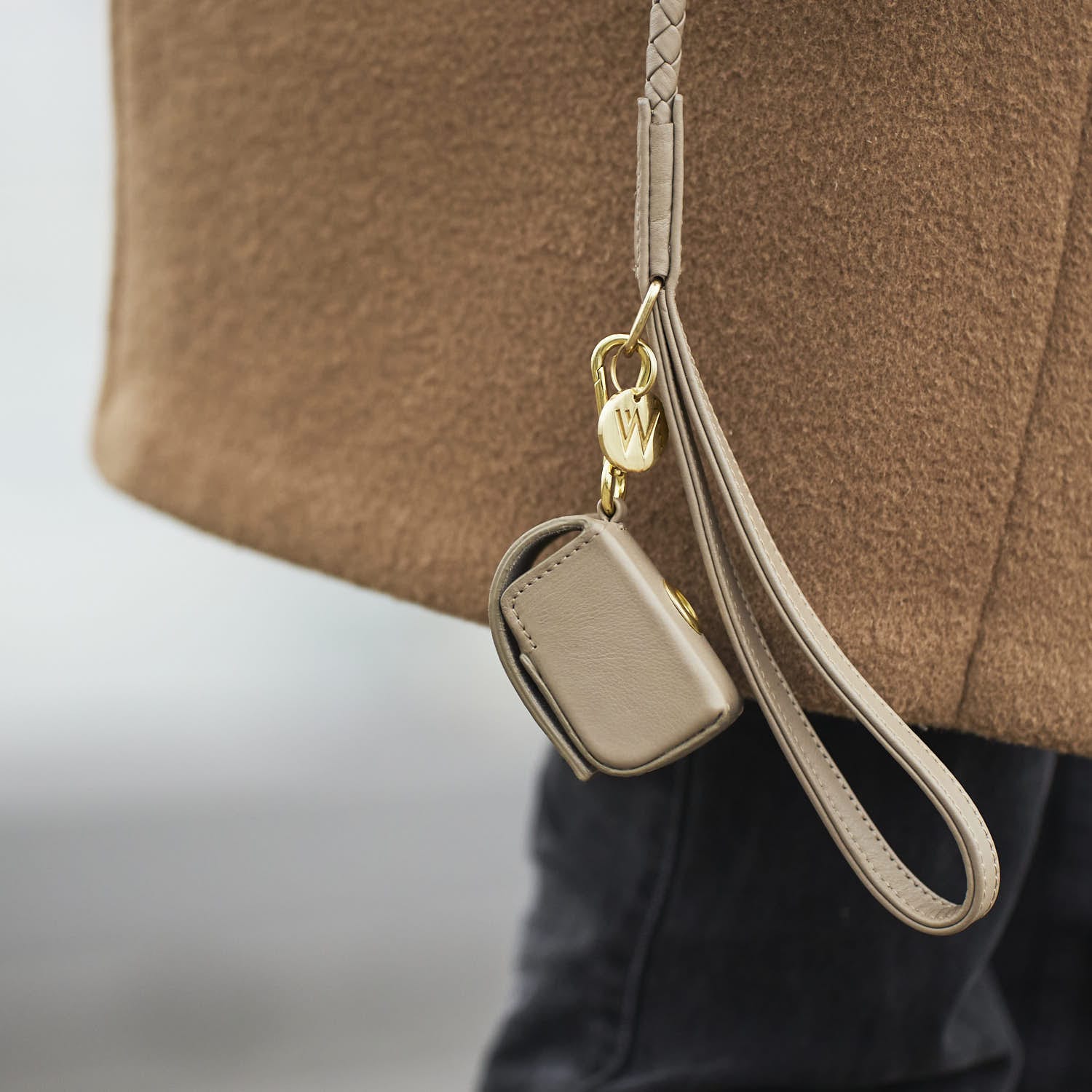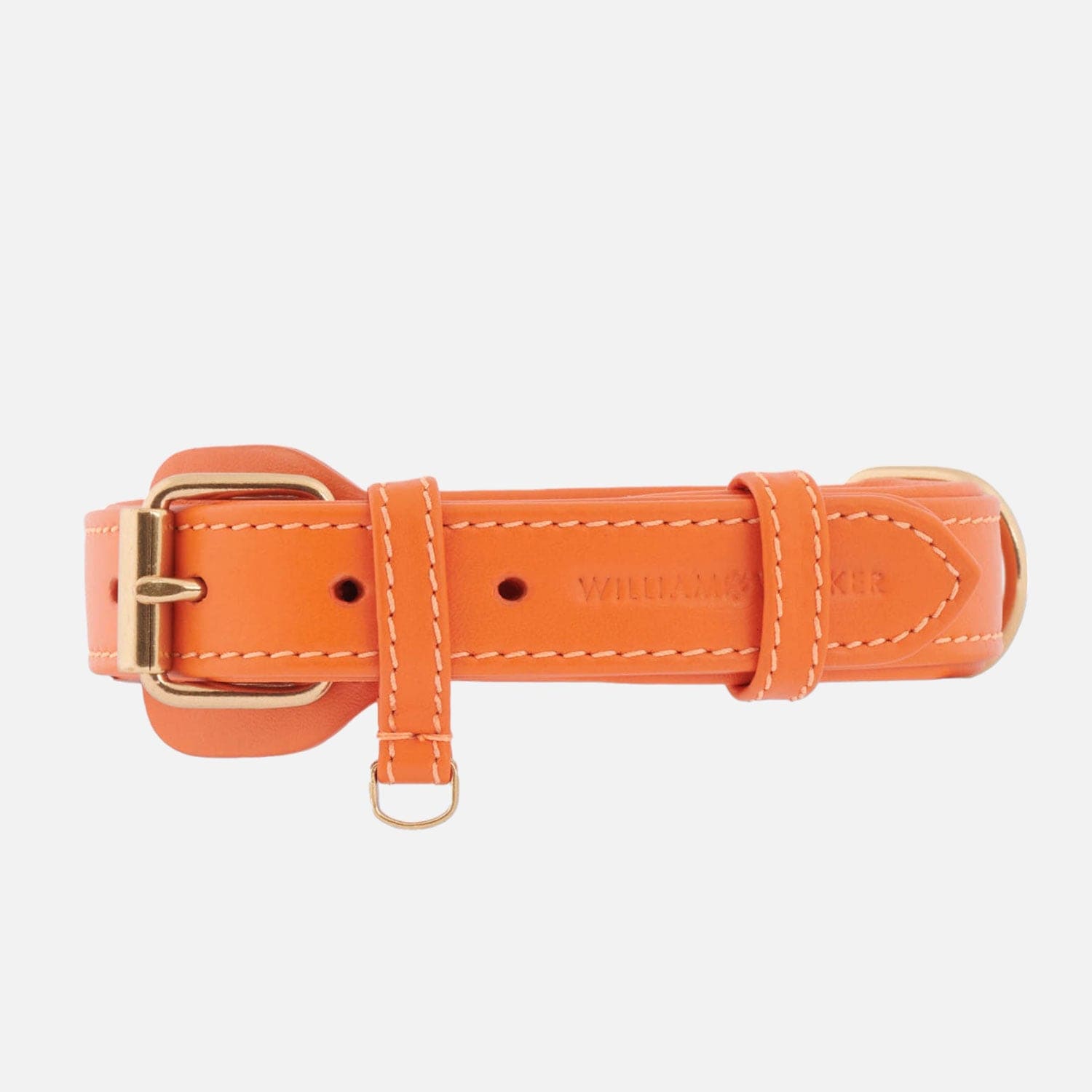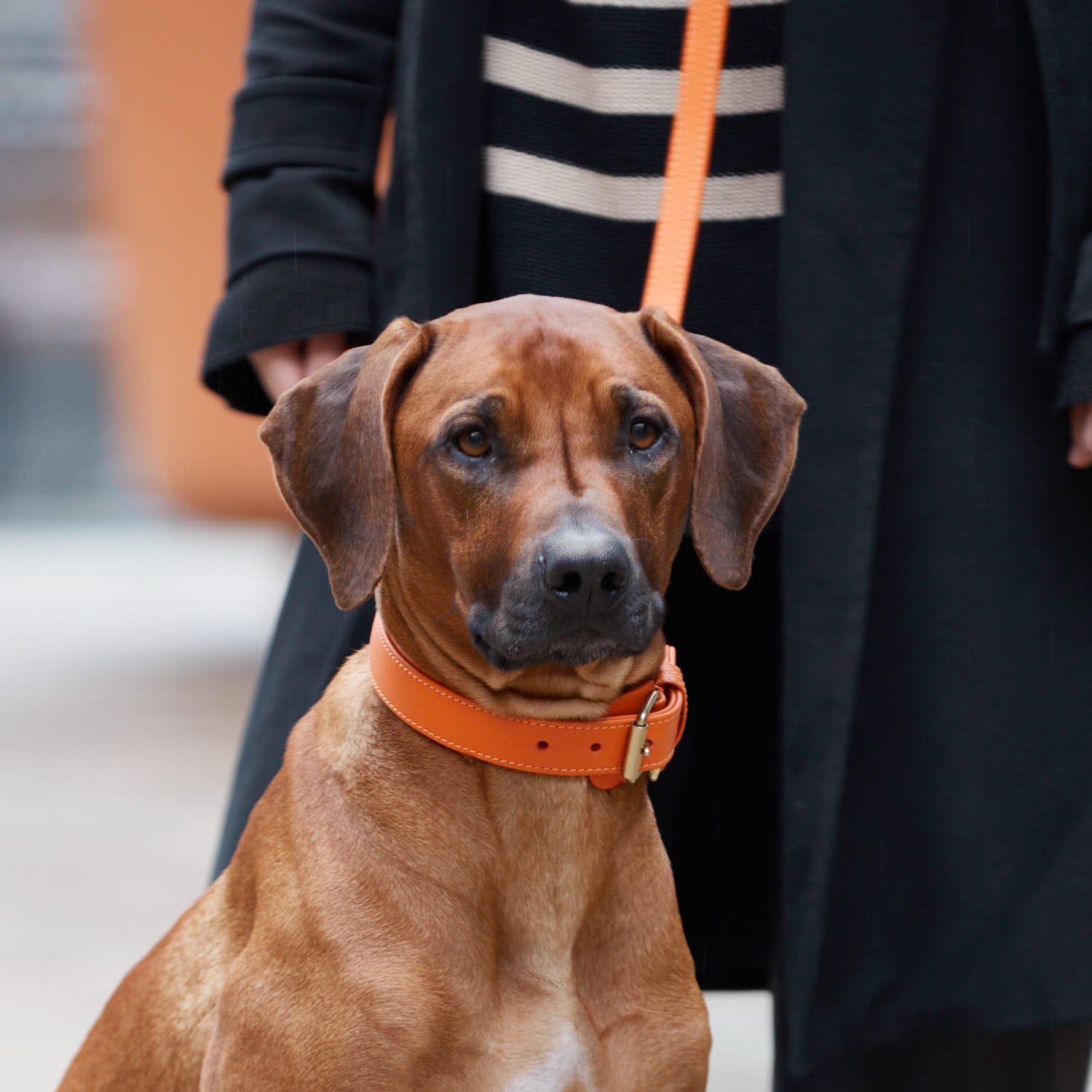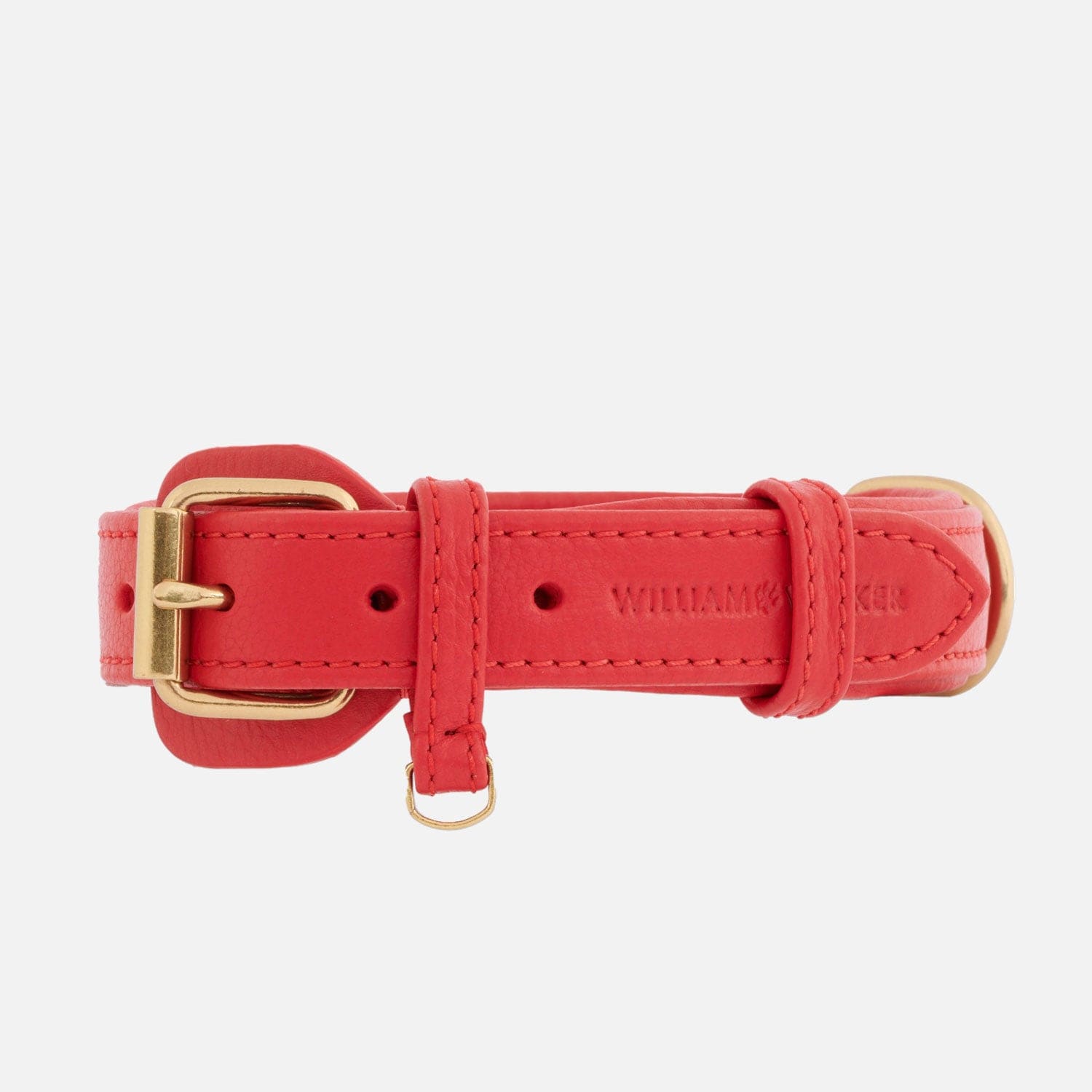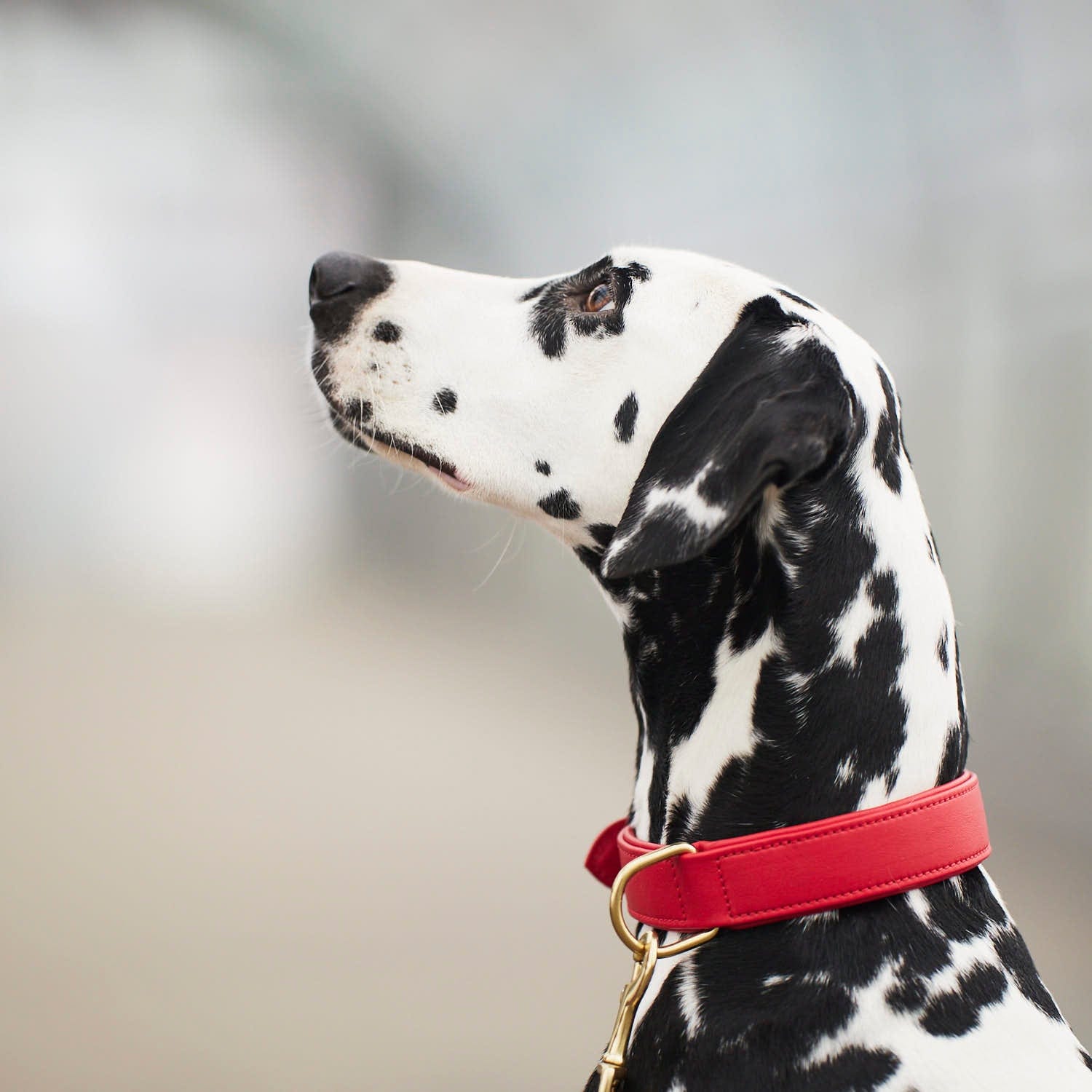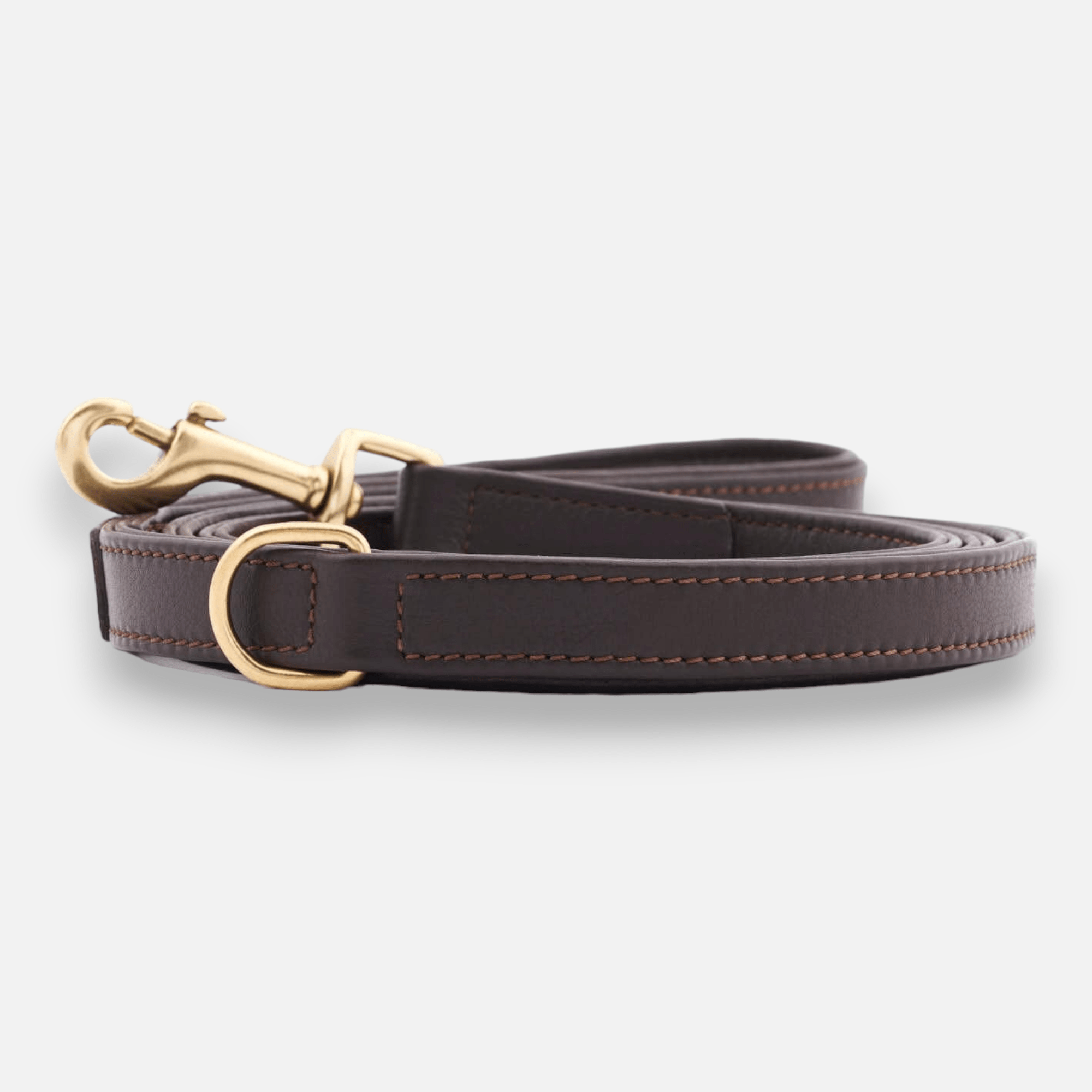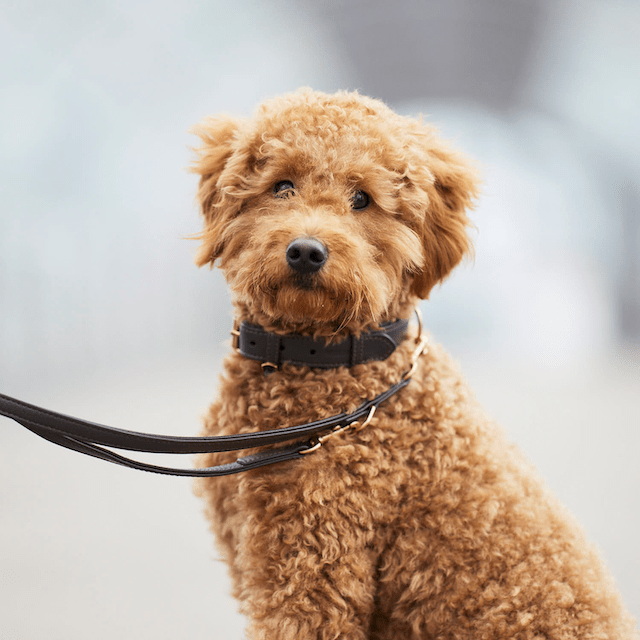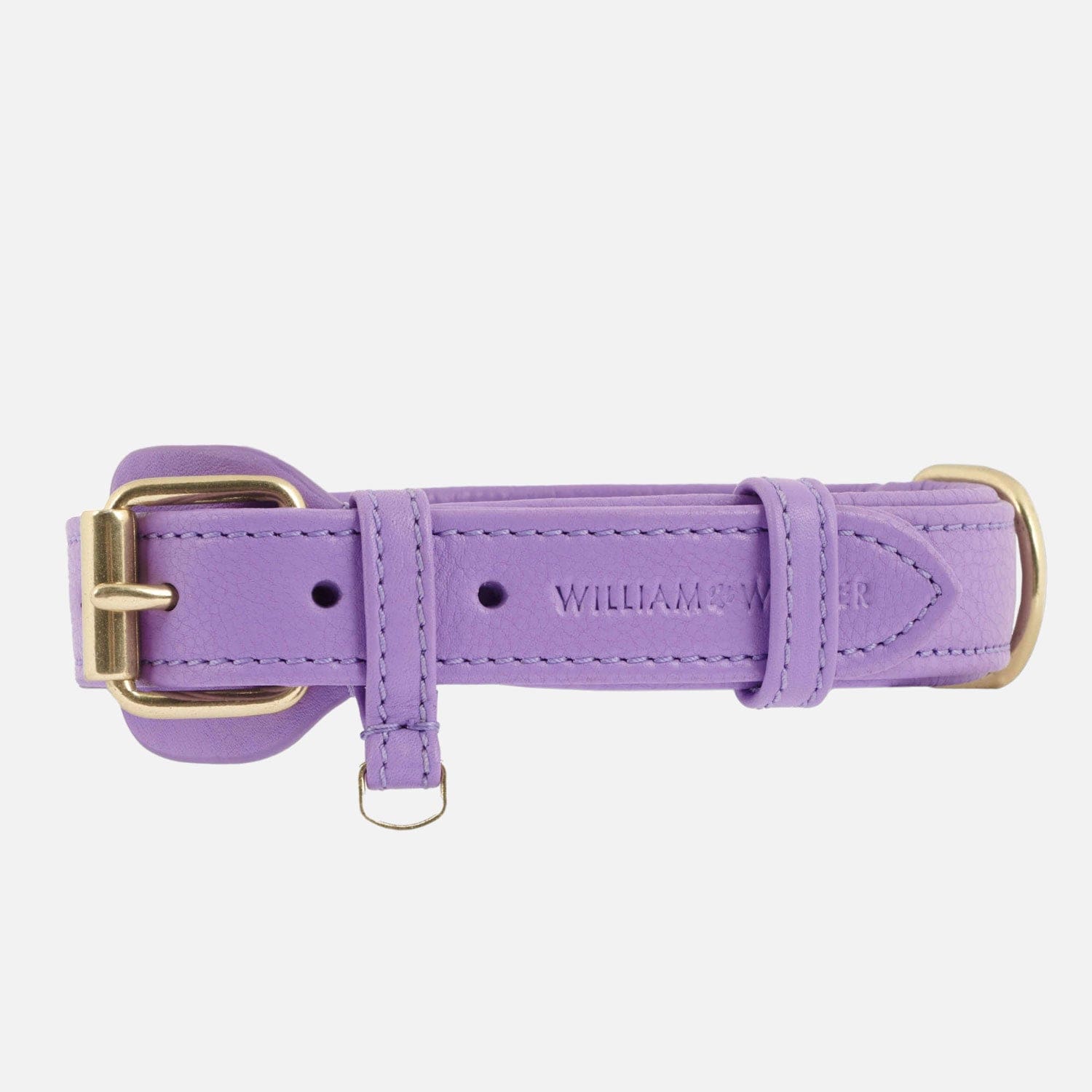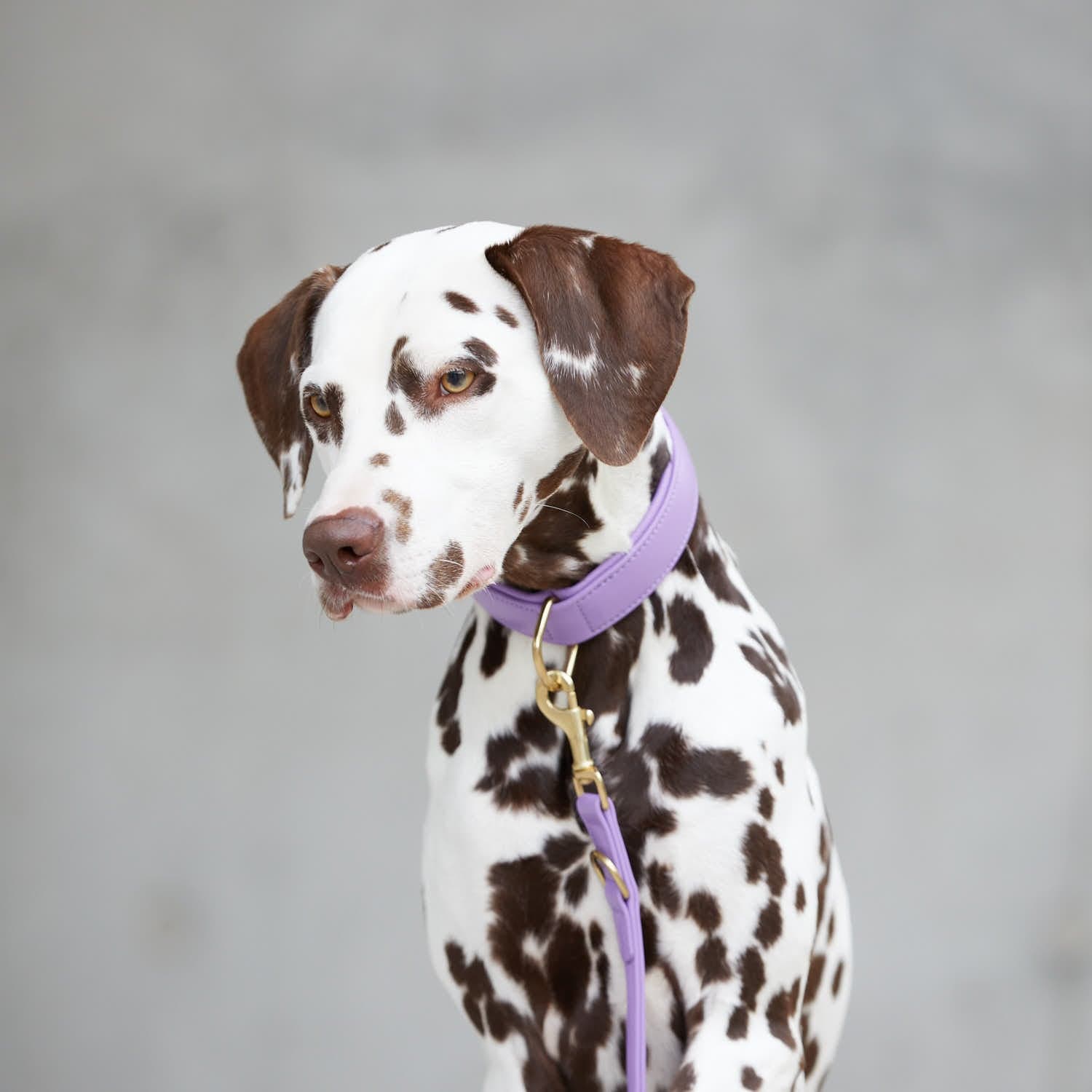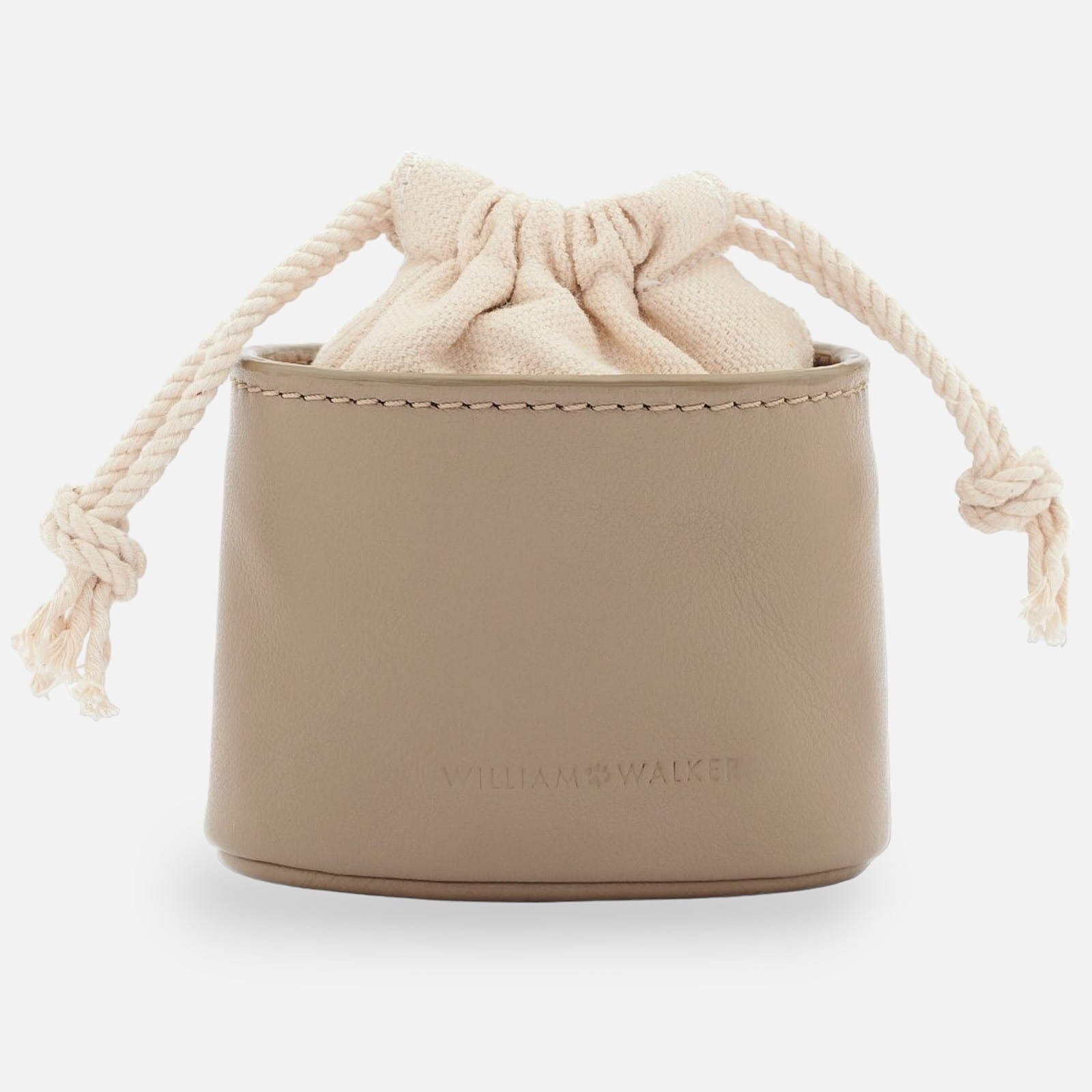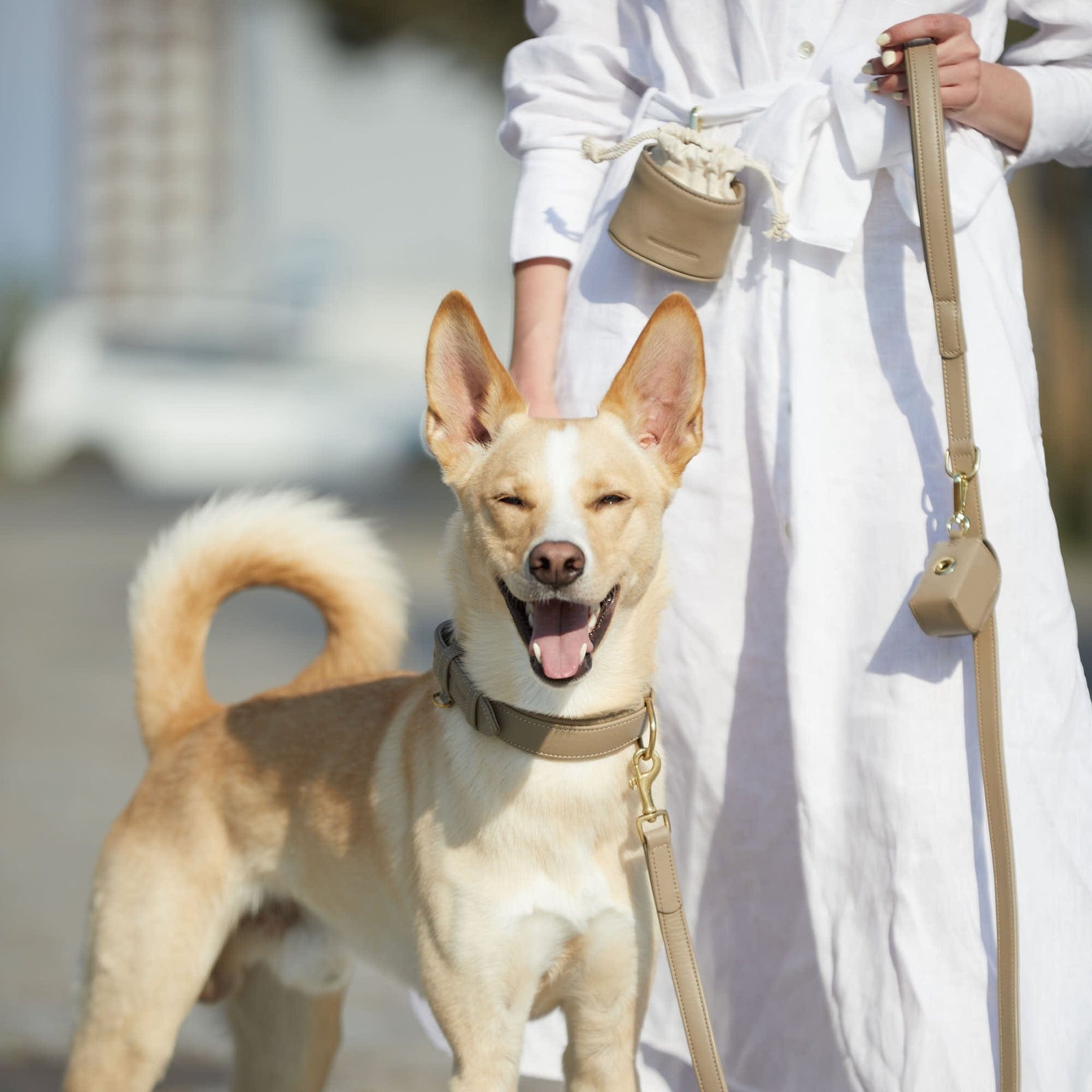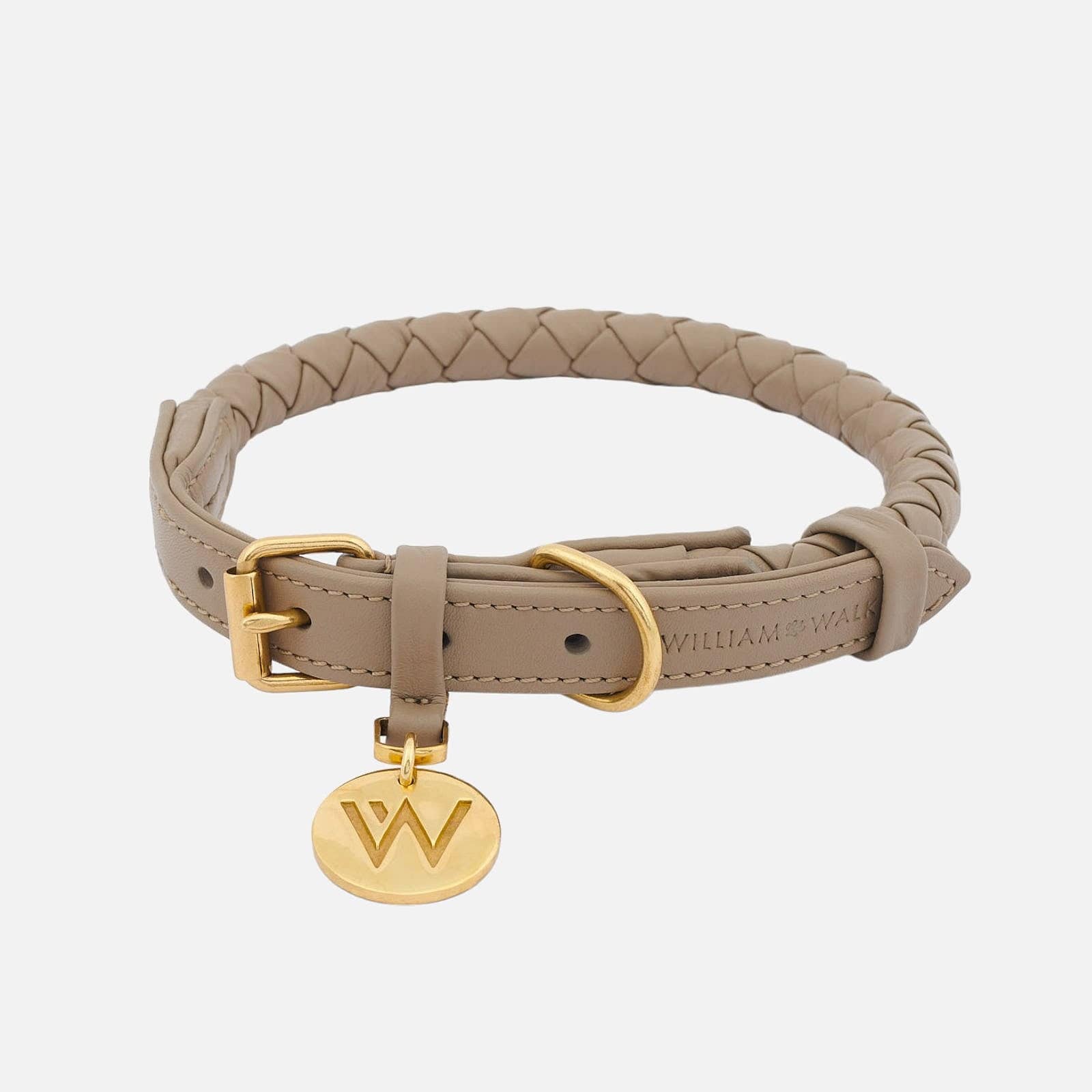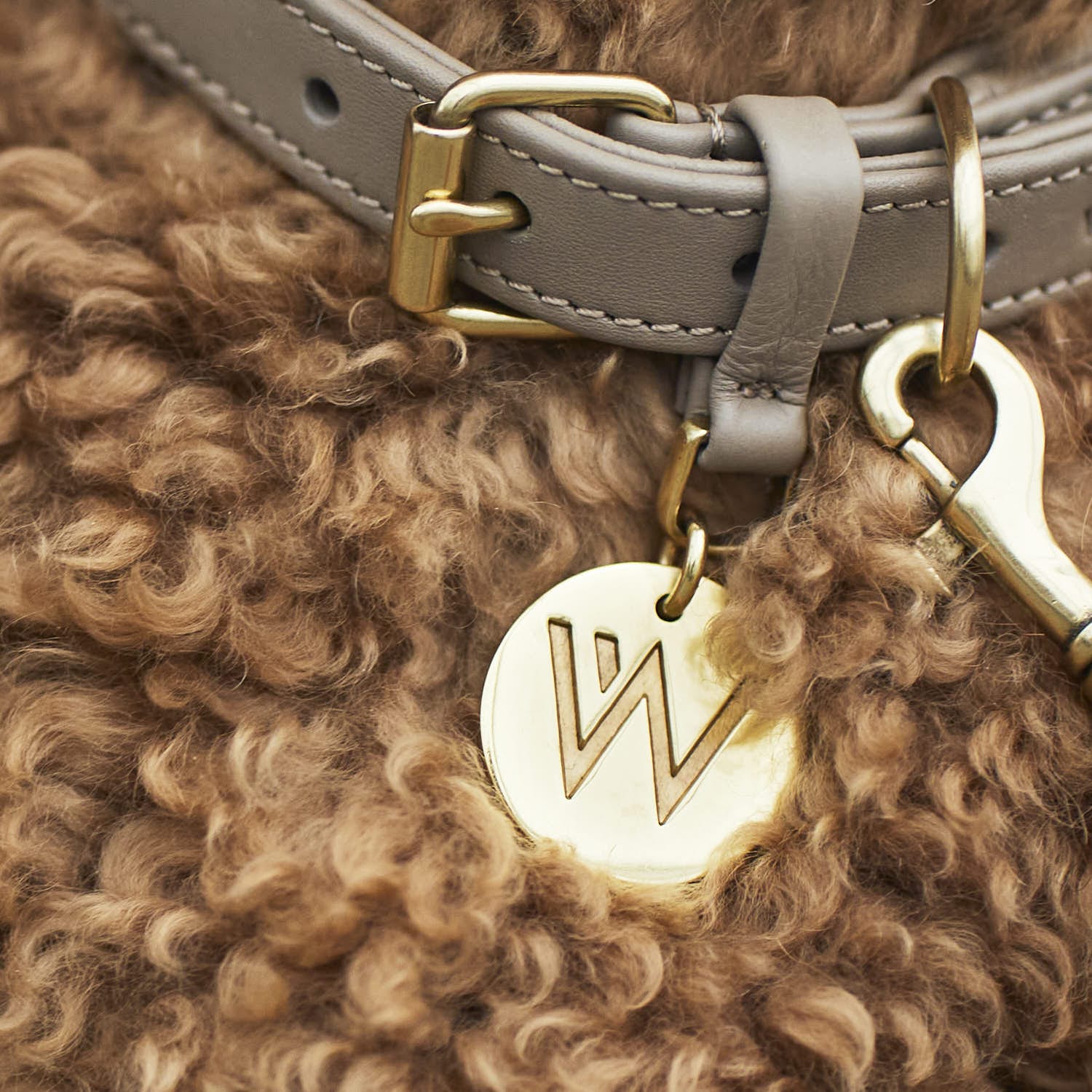What exactly does "dog breed" mean?
A dog breed is a specific and distinguishable breeding of a domestic dog. The Fédération Cynologique Internationale (FCI) currently has about 370 different dog breeds listed and thus recognized. The cynological umbrella organization assigns the dog breeds to different groups and sections based on their appearance and nature. There are 10 FCI groups, including, among others, FCI Group 1: Herding Dogs & Cattle Dogs or FCI Group 3: Terriers.
The choice of dog breed - which dog suits me?
To deal with the different dog breeds is crucial for us humans especially when we want to get a new four-legged friend. Which dog suits me? That is the most important question when buying a dog. It does not always have to be a purebred puppy, because even in the case of mixed breeds from the shelter, the various breed combinations give us information about whether the dog will be very large, for example, or possibly has a hunting instinct. However, not only the breed and its characteristics determine the development and behavior of the four-legged friend, but also the education and socialization.
The Rottweiler - a stately protector and companion

- Weight: 40 - 60 kg
- Height (Shoulder): 56 - 69 cm
- Ø Life expectancy: 8-10 years
- Fur colors: black, brown
- Breed assignment: FCI Group 2 Pinscher and Schnauzer - Molosser - Swiss Mountain and Cattle Dogs
The history and origin of the Rottweiler
The Rottweiler is one of the oldest dog breeds. Its origins lie in Roman times, where according to lore it was kept as a herding and driving dog. Unfortunately, the brawny Rottweiler was also abused for fights in large arenas against other dogs, animals or even gladiators. In the Middle Ages, the Rottweiler became mainly a companion of butchers, as he herded the cattle. But not only the animals were protected by the clever, stately Rottweilers, they guarded the belongings of the butchers and even carried the money of their masters safely stored in leather pouches around their necks. The Rottweiler owes its name to the town of Rottweil, which in the Middle Ages was considered a hub for the butcher's business and cattle trade. Here the Rottweiler was particularly common. His strength, his will to work and his good leadership later made him a popular police dog. Suffering and torment run through the history of the Rottweiler: in addition to arena fights in Roman times, the military later abused the obedient dogs as mobile bombs, so to speak, during the war - cruel. Fortunately, dog fights are now illegal in most countries and even the military or the police use the Rottweiler today only as a scent or protection dog. Its history in which the Rottweiler was always associated with violence, fighting and war, gave the gentle giant a bad reputation for a long time. With the help of enlightenment and the right education, the Rottweiler has become a very popular companion and family dog again today.
Character and nature of the powerful Rottweiler
The stately Rottweiler is considered particularly fond of children, affectionate and cuddly. At the same time, however, they are also very self-confident and clearly more active than their massive physique would suggest. Often the Rottweiler is not even aware of his own strength and it takes good training to keep him in check. To its owner, the Rottweiler builds an unshakable, loyal and loving bond. The family means everything to the Rottweiler. So, if you integrate the handsome dog into a family already as a puppy, with children or even cats, he will be a true friend and protector to all family members or even animals.
The education of the Rottweiler - Not a dog for beginners
While the Rottweiler is not without reason a police dog - he proves a good obedience, nevertheless, the powerful Molosser is not a beginner dog because of his physique. Because just the big powerful dogs must be 1A educated. Because of his self-confidence the Rotti needs educational discipline and consequence. Especially in the first months of life, the big four-legged friend is still a bit high-spirited and playful. Here it is important to create a good balance between sufficient exercise and intensive rest periods. It should be made clear to the Rottweiler early and consistently that his human is the "pack leader". Despite its size and self-confident nature, the Rottweiler is sensitive - so education should be done with a lot of patience and loving consistency, rather than punishment.
The attitude of the Rottweiler - he is only sporadically a list dog
The Rottweiler is in some states on the list of dangerous dog breeds. The attitude of the Rottweiler is bound there to stricter conditions and sometimes also higher costs. About the "list dogs" can be argued and the actually but so gentle giant should not be pre-judged. If you want to learn more about list dogs, check out our article "Is this a fighting dog? - The daily challenges of dog owners."
The key to success is almost always education. The Rottweiler needs plenty of exercise, especially in his younger years. If he is not exercised, he can develop undesirable behaviors. He is a smart and studious dog who takes great pleasure in sniffing games and mental training. The Rottweiler should not be kept in a small apartment. Ground level living quarters with a garden are best, as the Rottweiler should not have to walk up stairs due to its size, giving it enough exercise and room to sniff. The Rottweiler should be prevented early against arthrosis, because large breeds almost always suffer from joint pain in later years. With the gentle giant, at least a good hour should also pass between romping or walking and meals, otherwise there is a risk of gastric torsion. Tricks such as the roll should therefore not be taught to him at all. Rather on a training with steady movements set.
Fashion and care tip/size recommendation for the Rottweiler
The Rottweiler has a neck circumference of about 50 - 60 cm and thus usually needs dog accessories in size XL. It is important to have robust and tensile materials - that is why we recommend the William Walker Dog Collar Nobile Leonardo. The combination of brown and dark blue safiano leather not only looks particularly elegant on the black-brown fur of the rotti, but is also resistant and durable. Matching to it there is the Dog Leash Nobile Leonardo and a Keychain for master or mistress. As a care tip for shiny fur, we recommend brushing with the Short Hair Brush Rub and then rubbing with our Argan Oil Shine.
By Louisa Knoll
